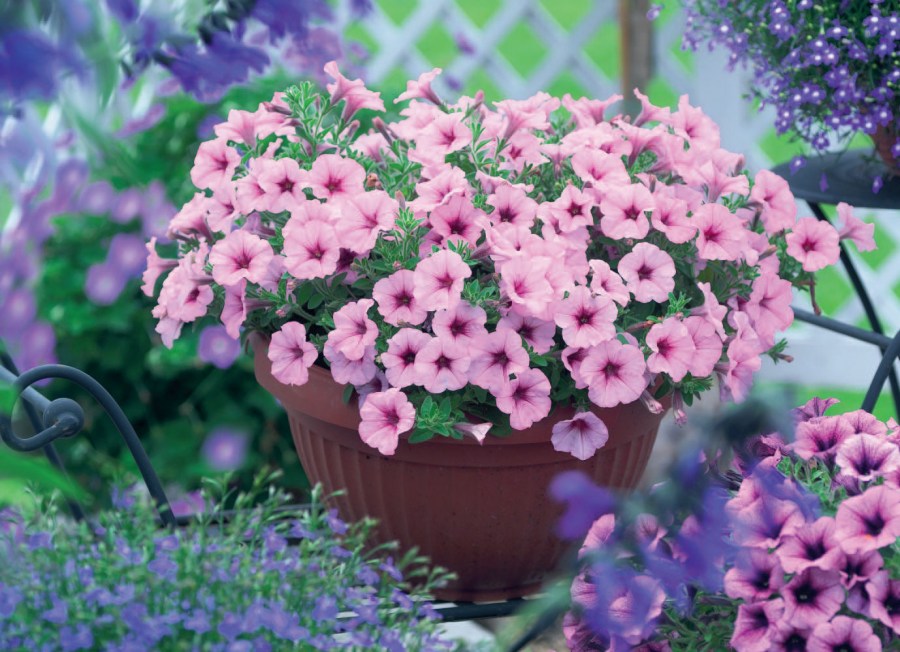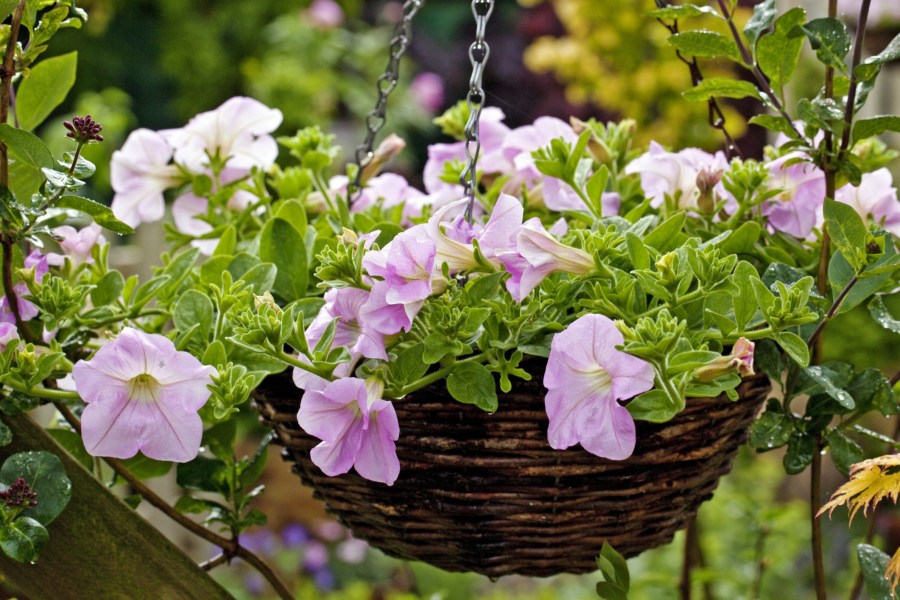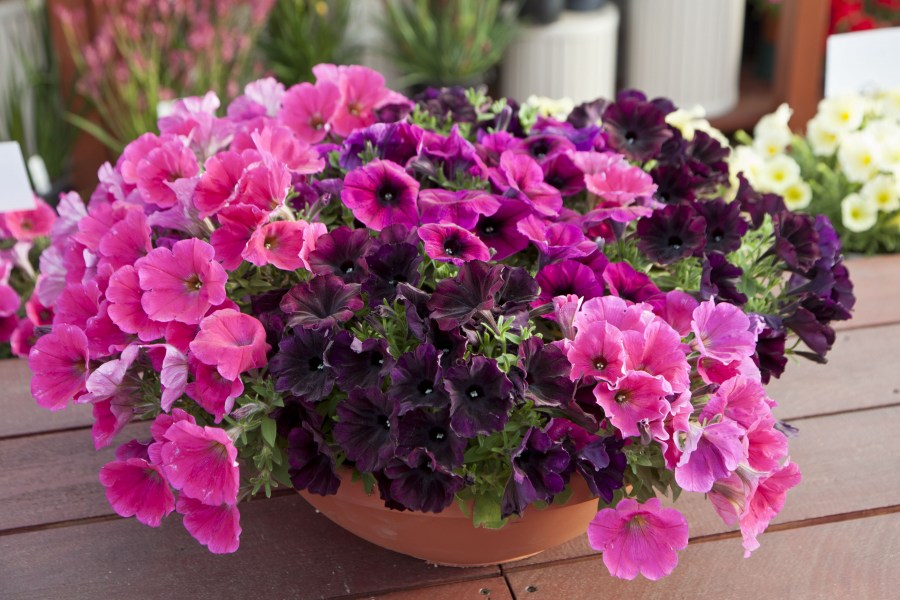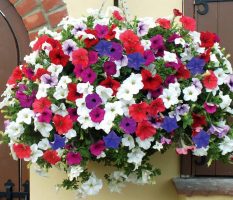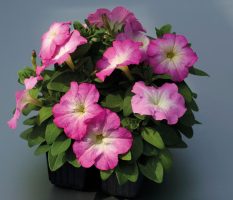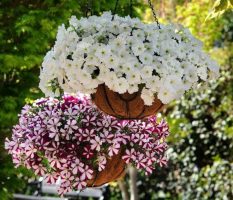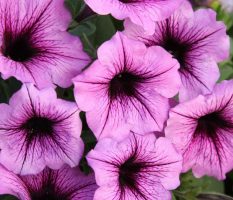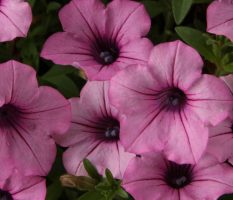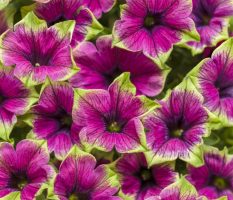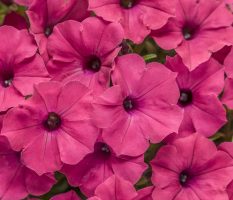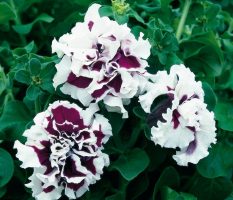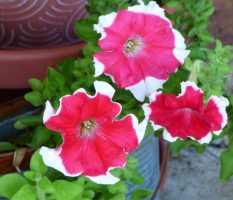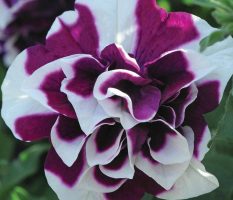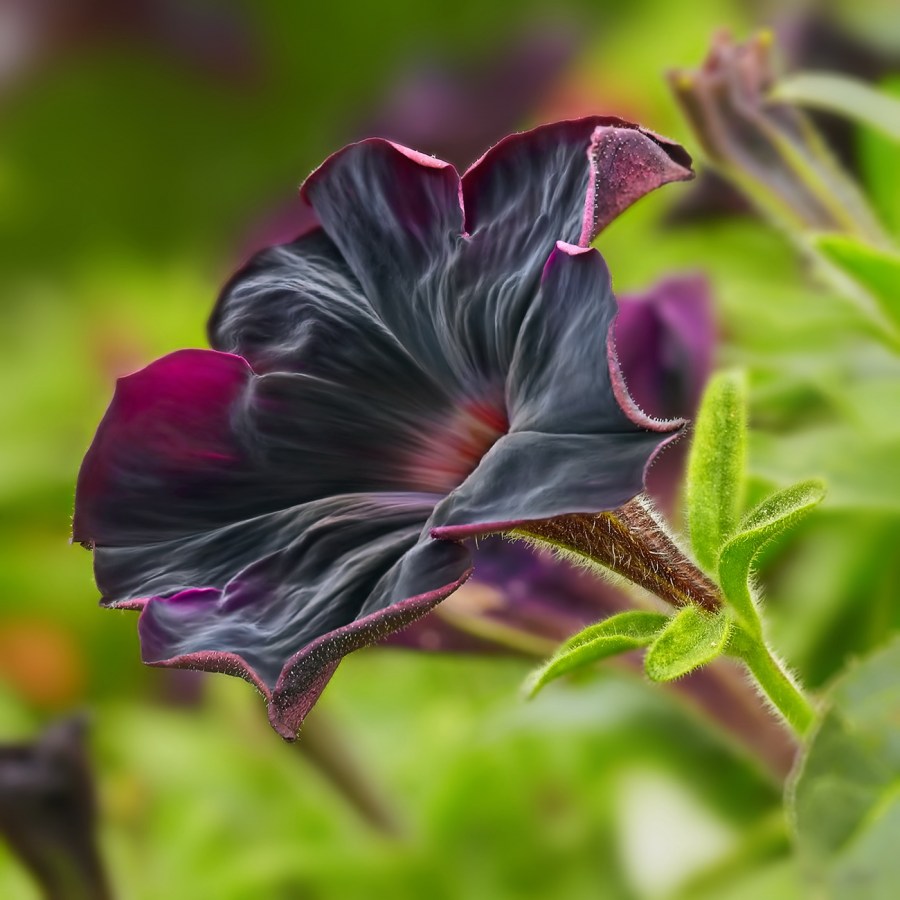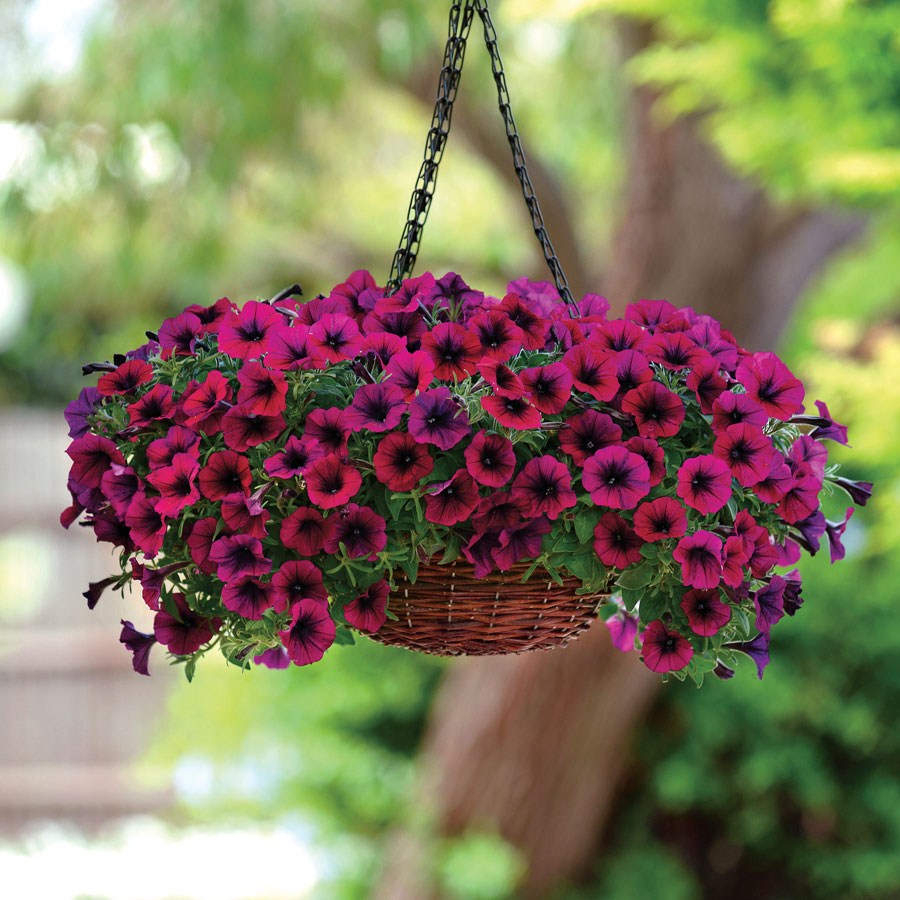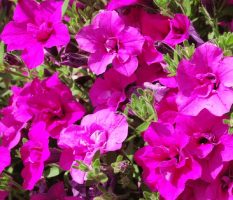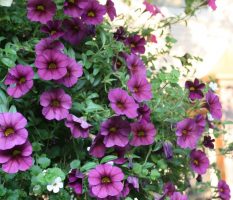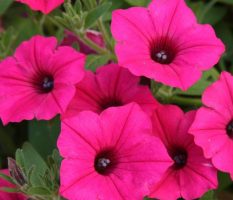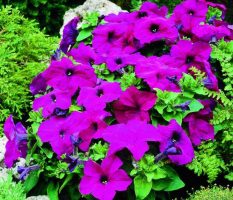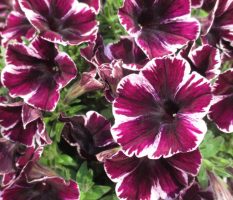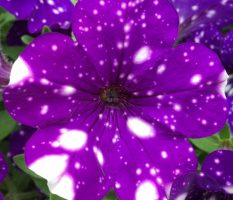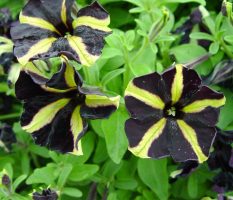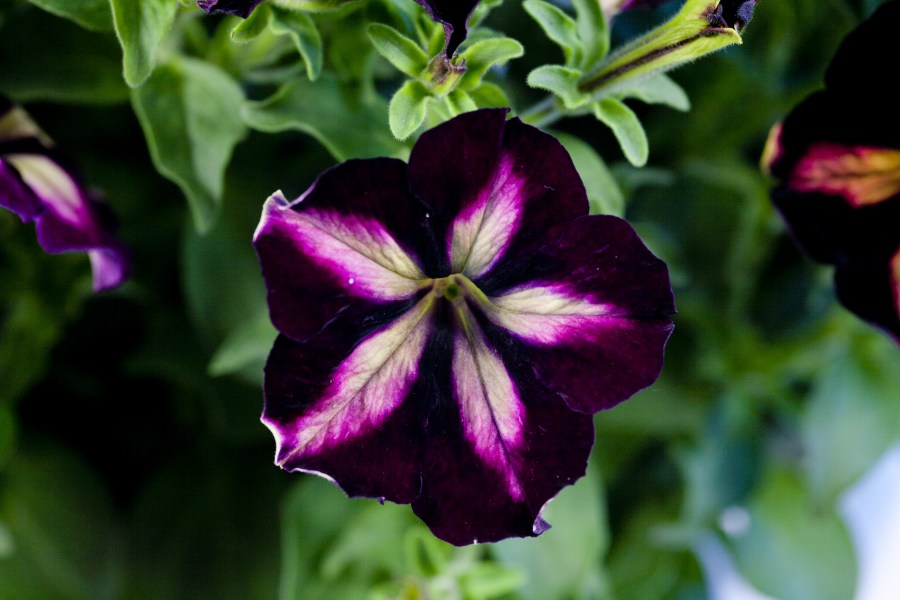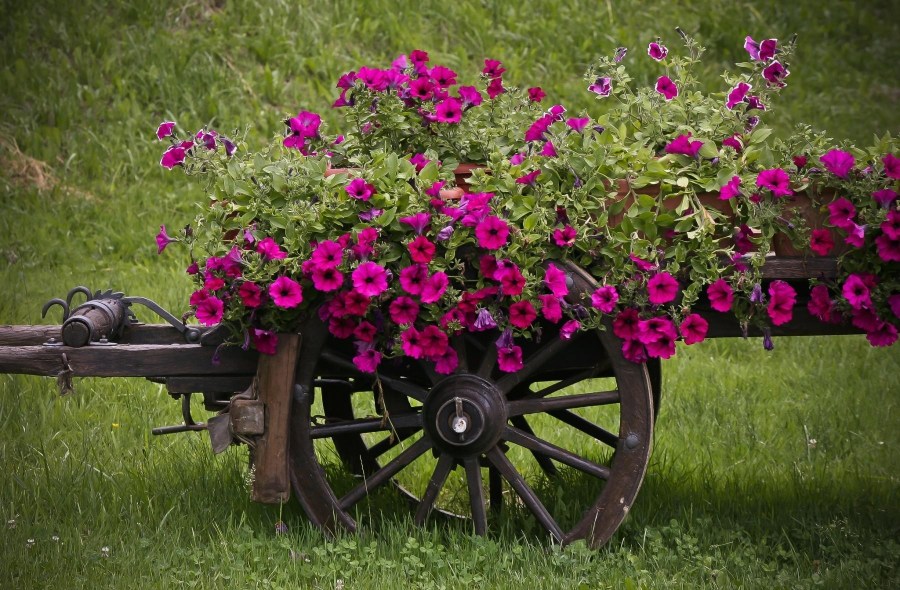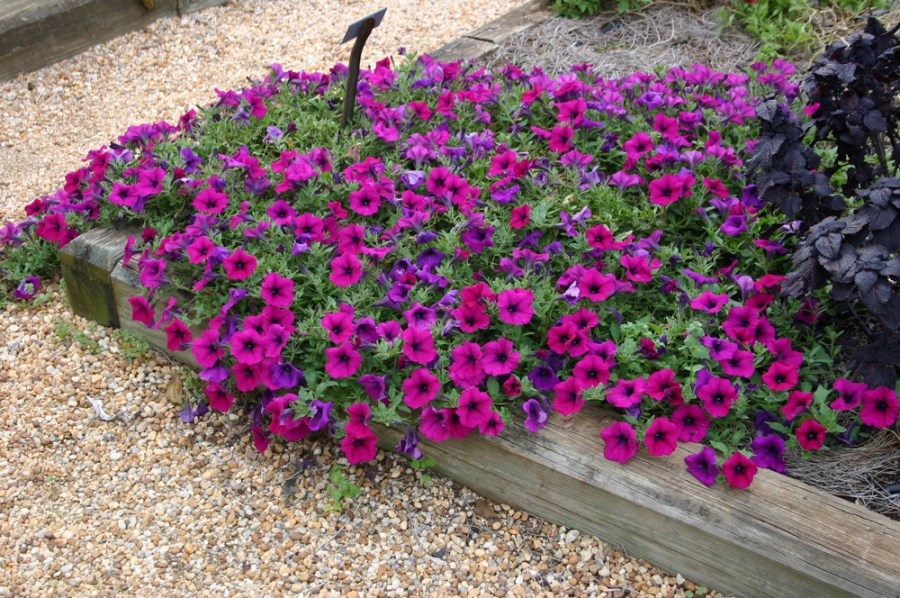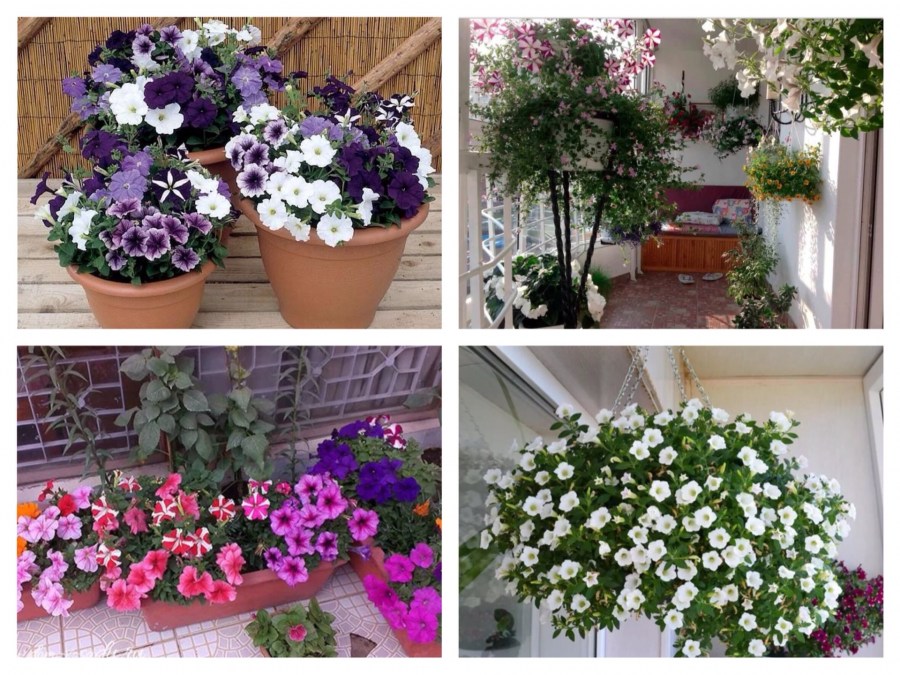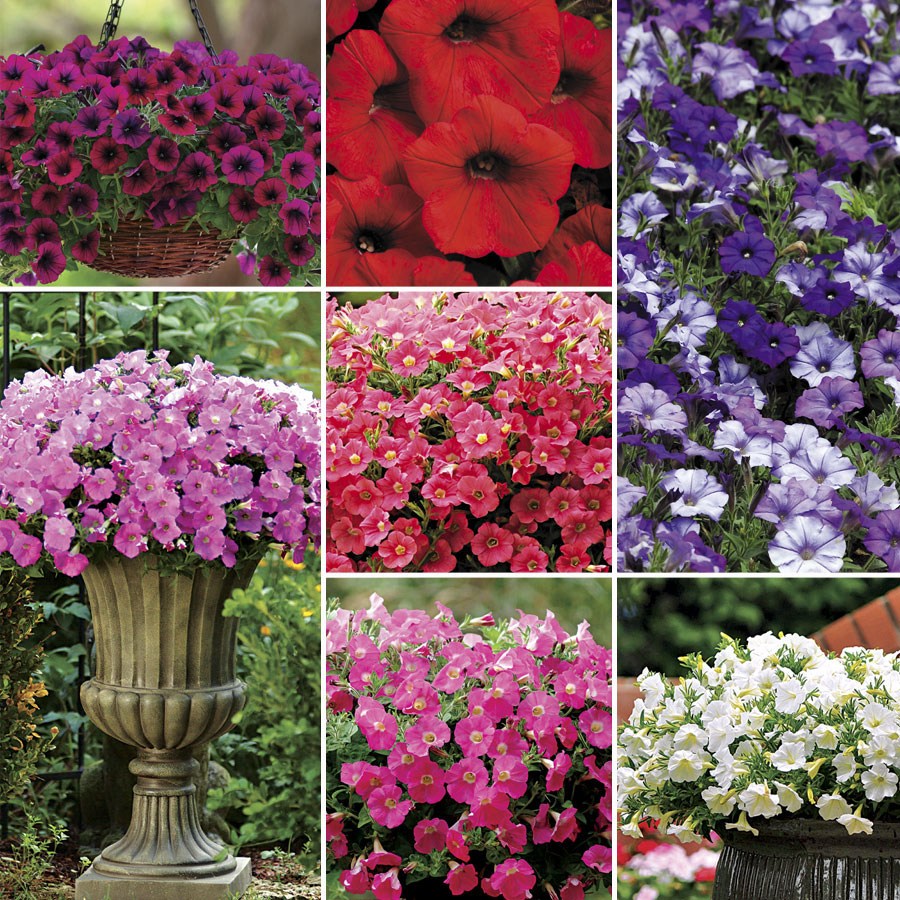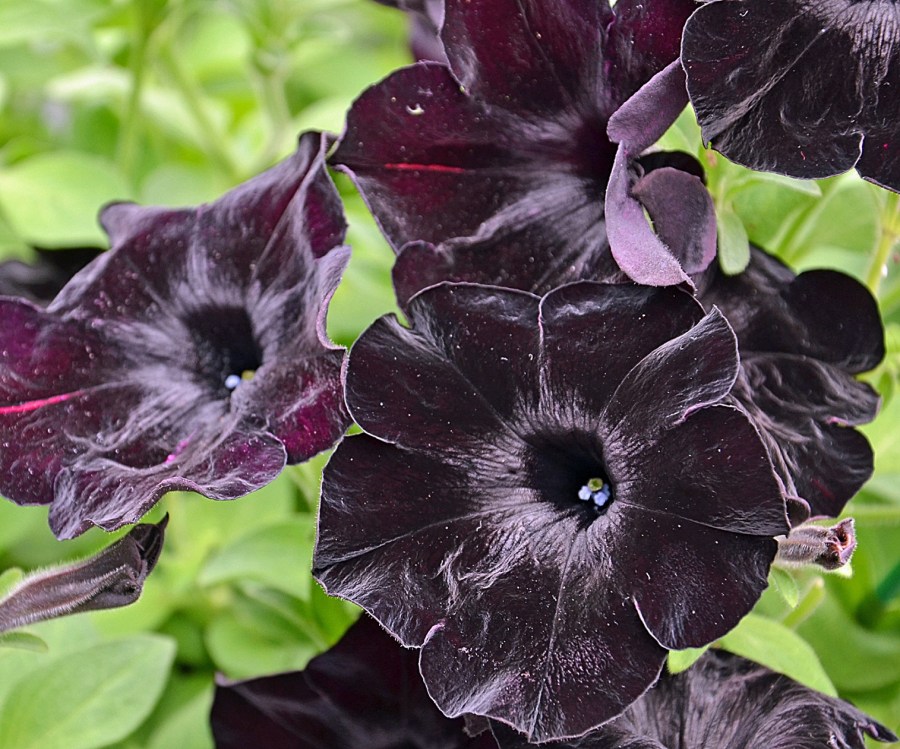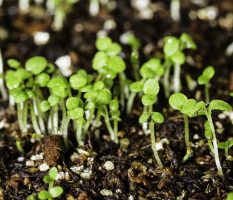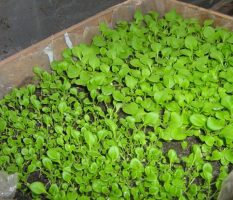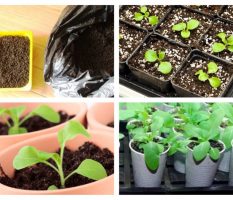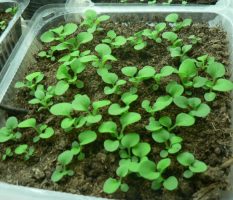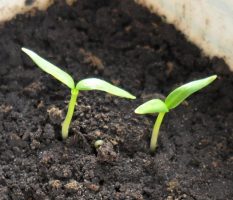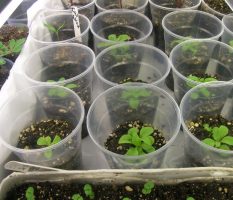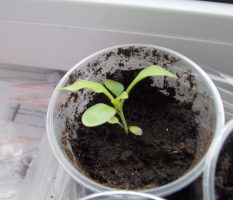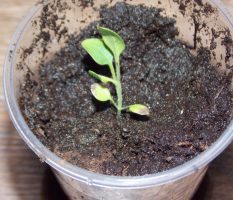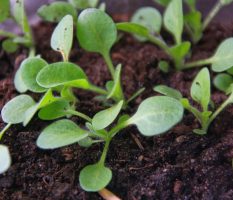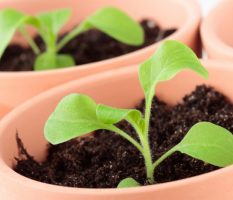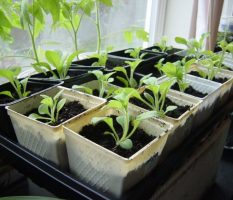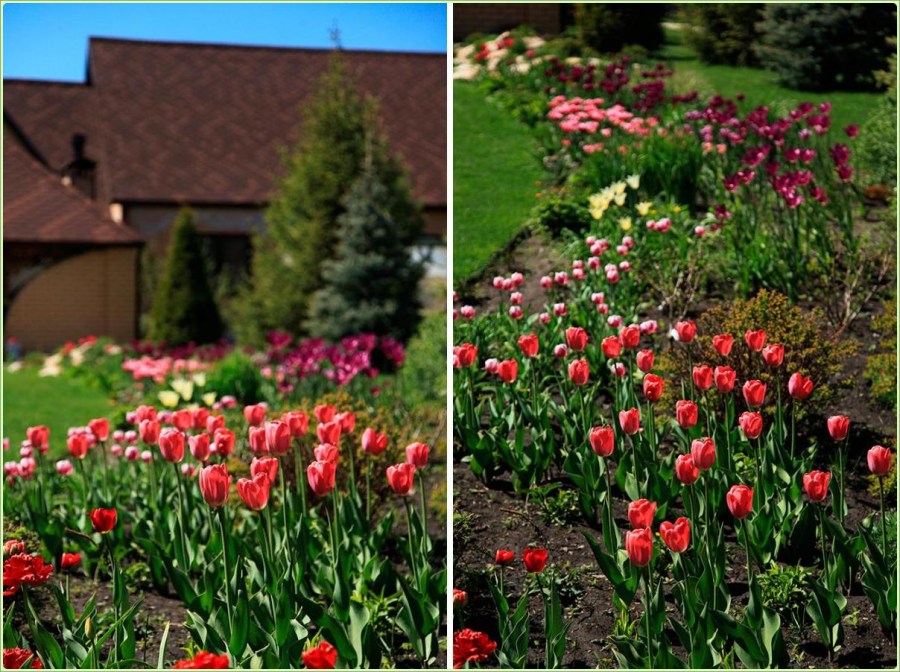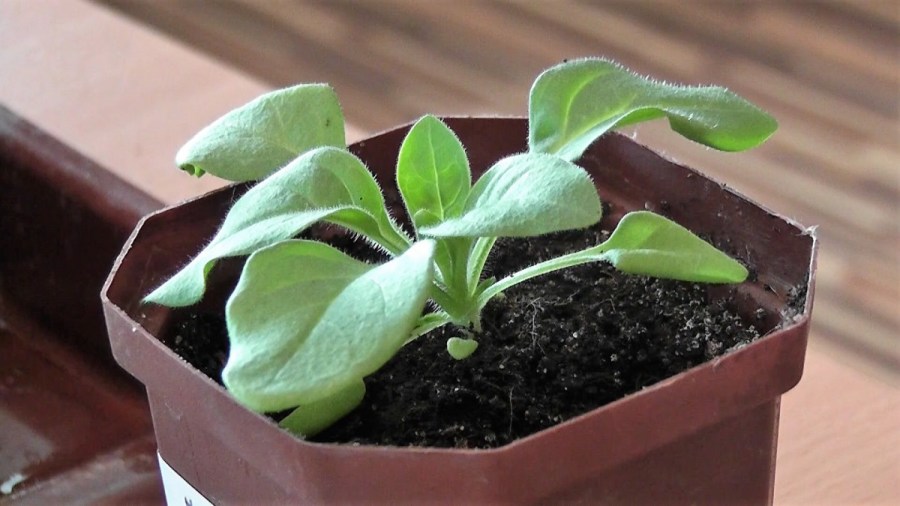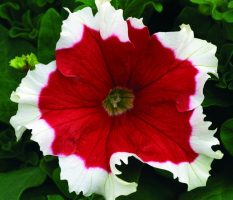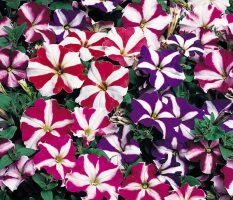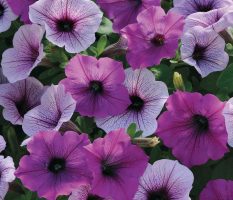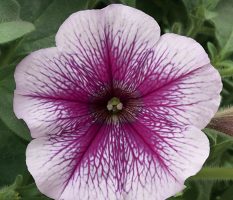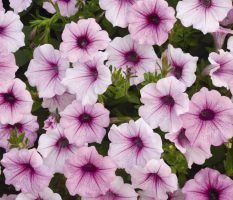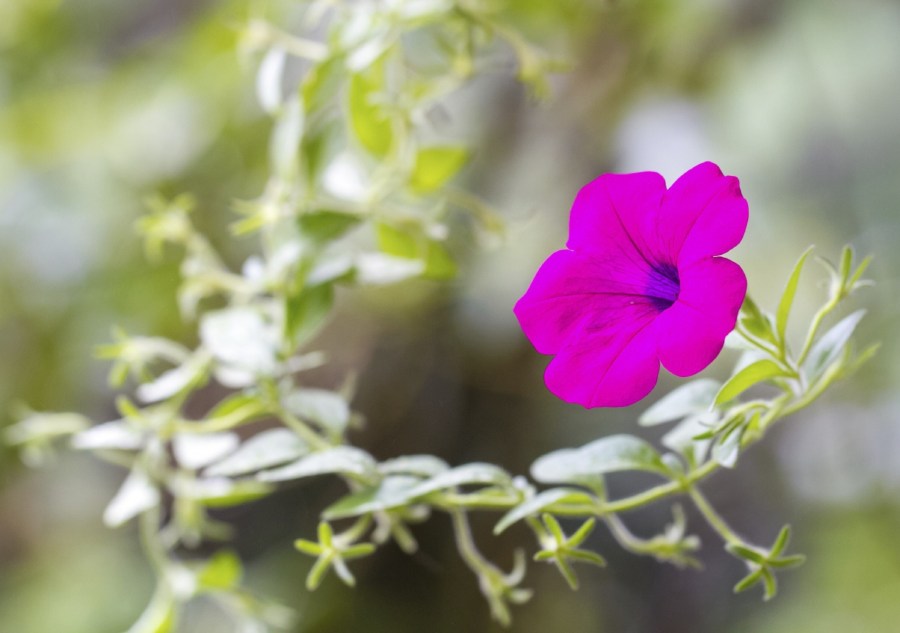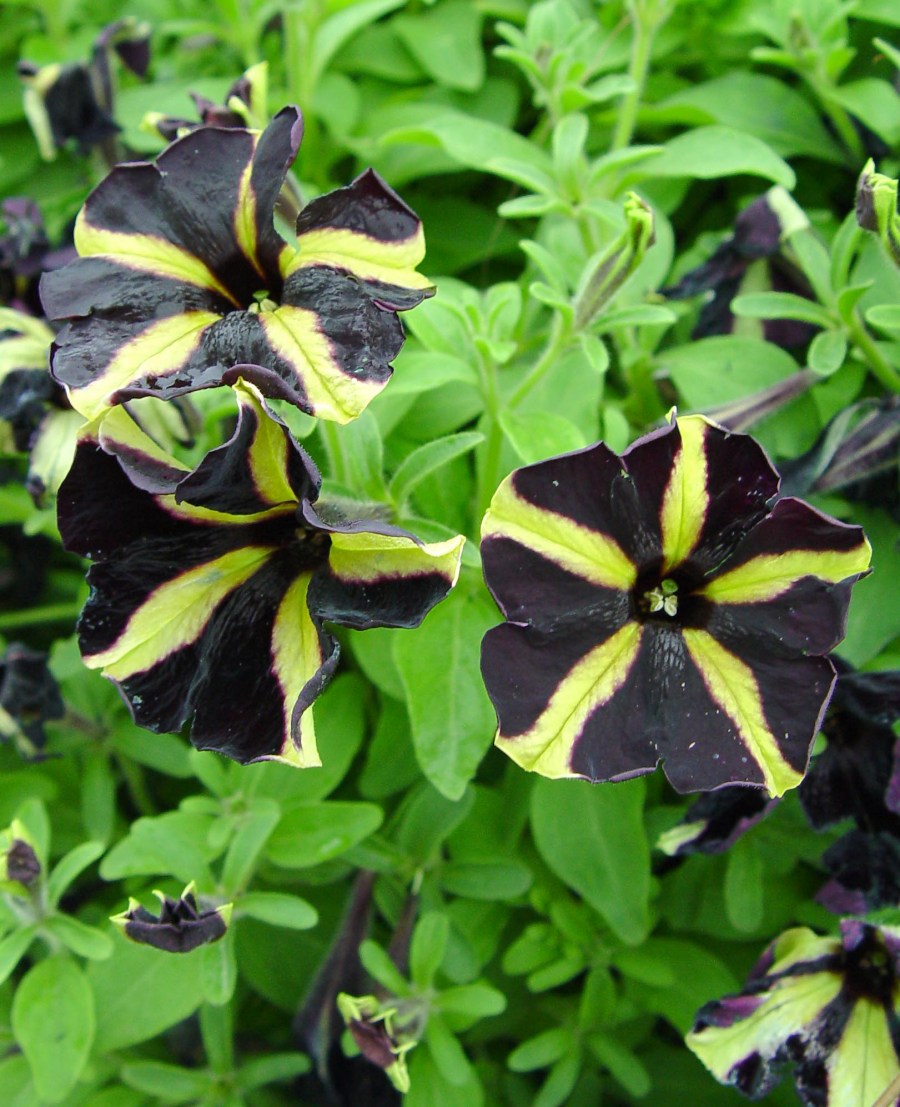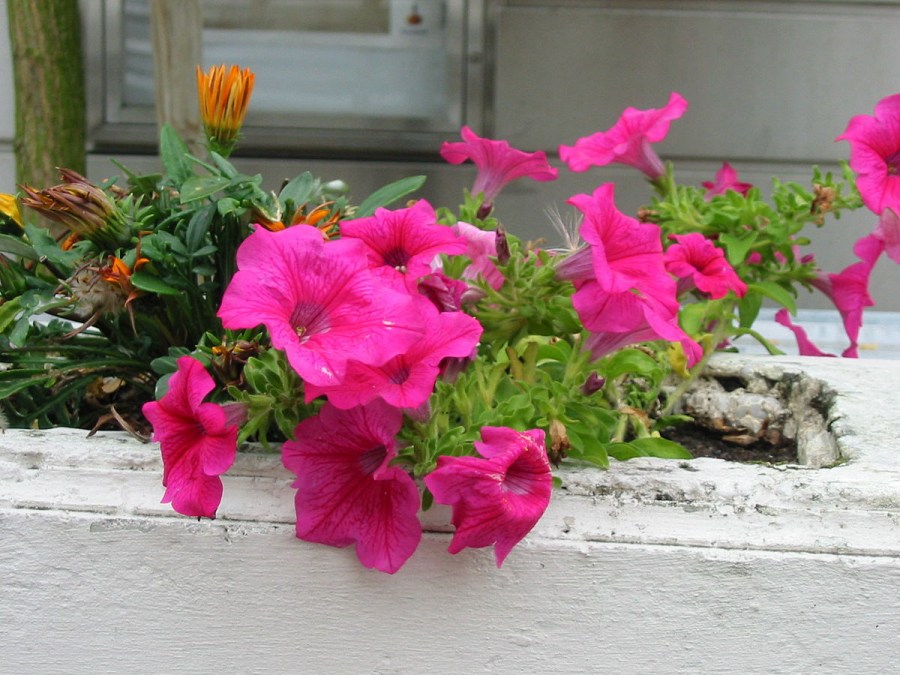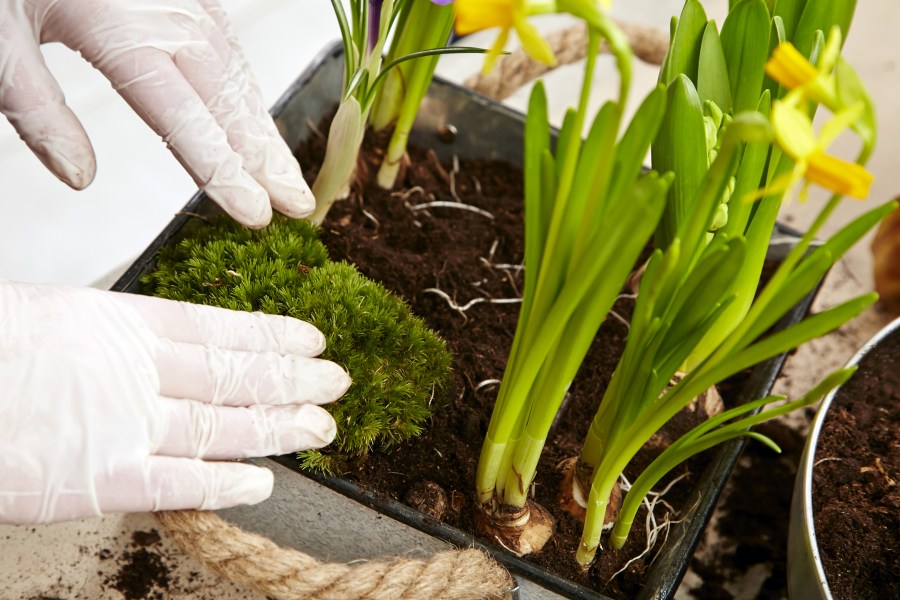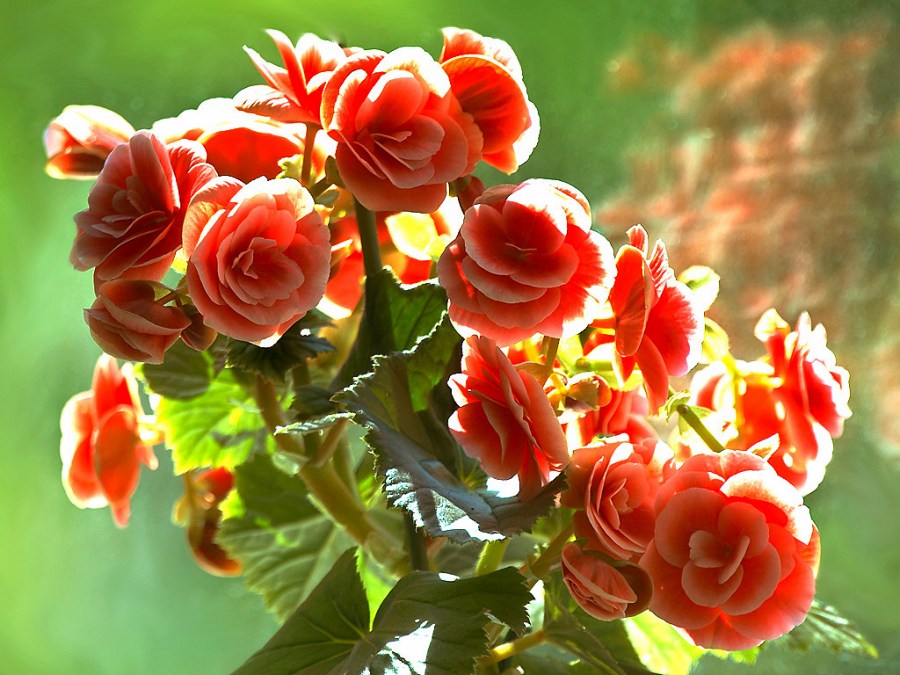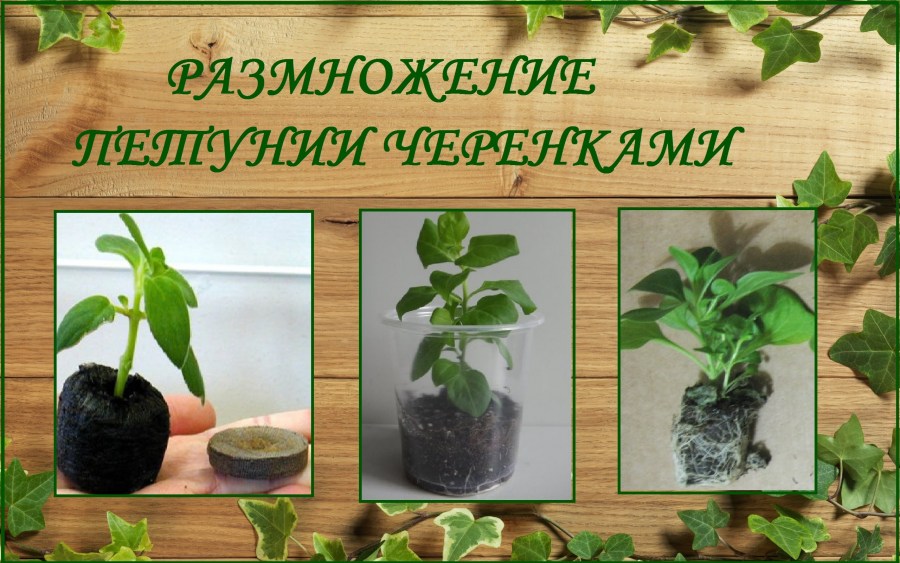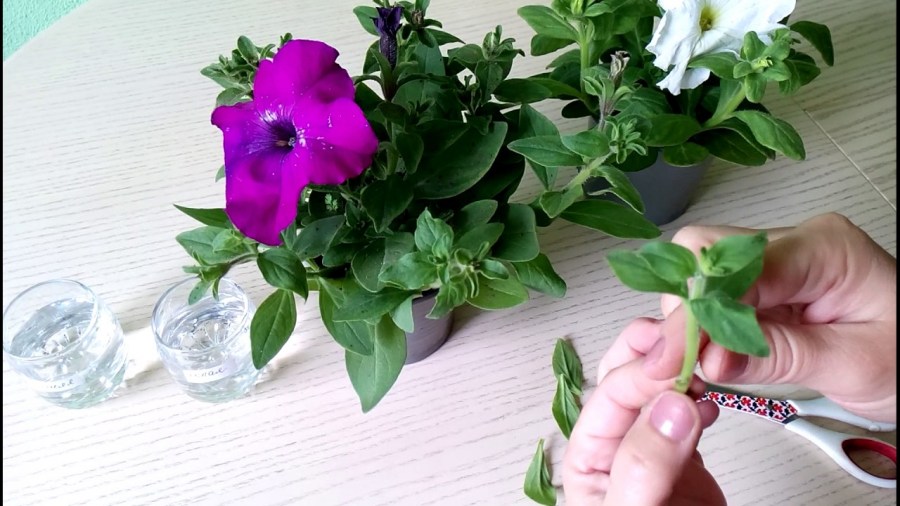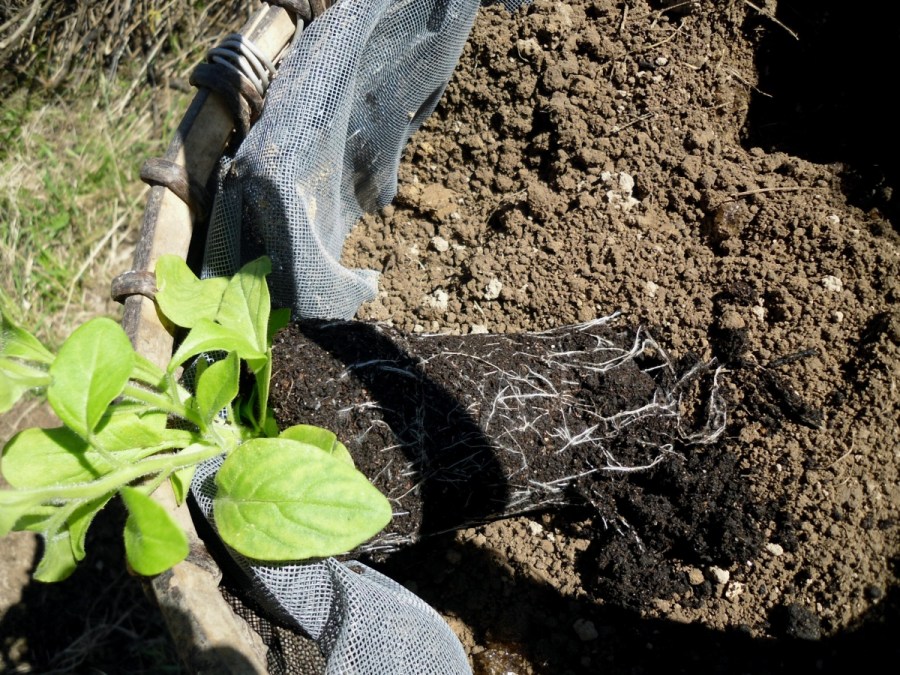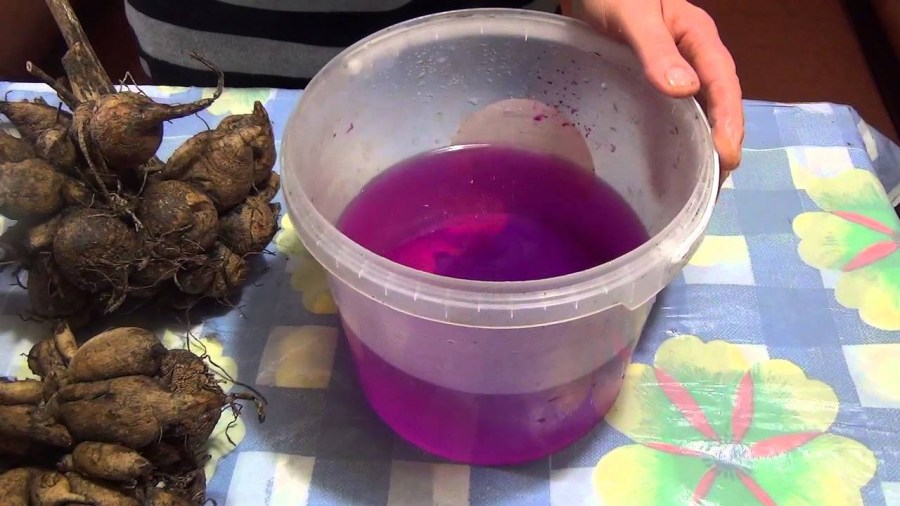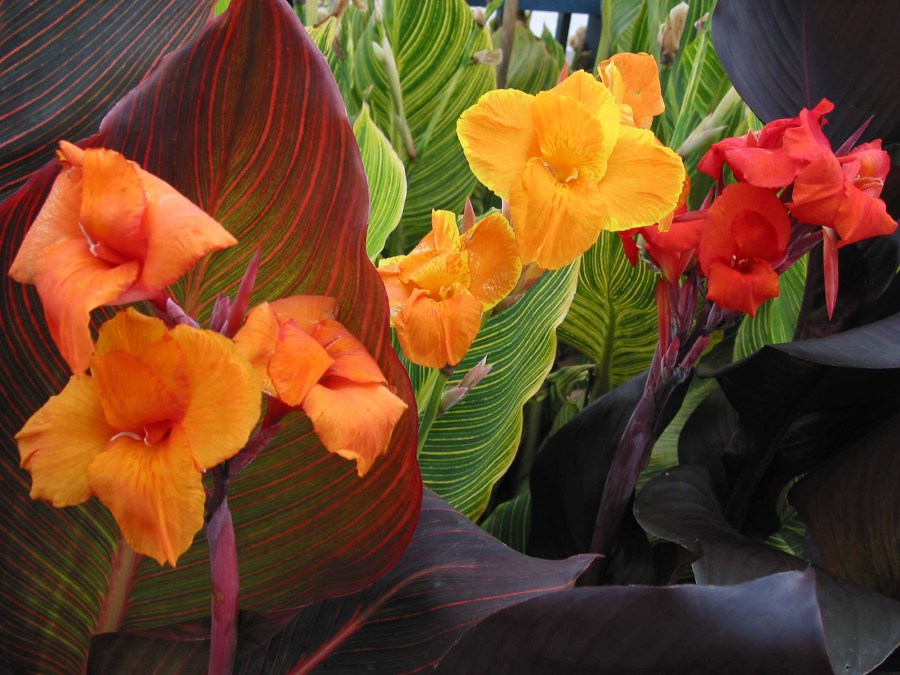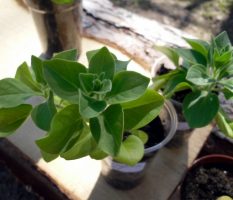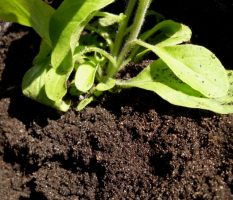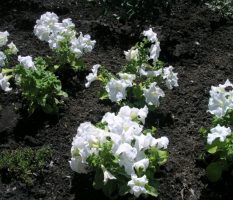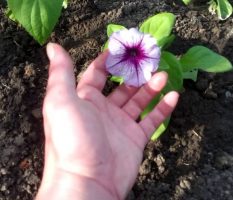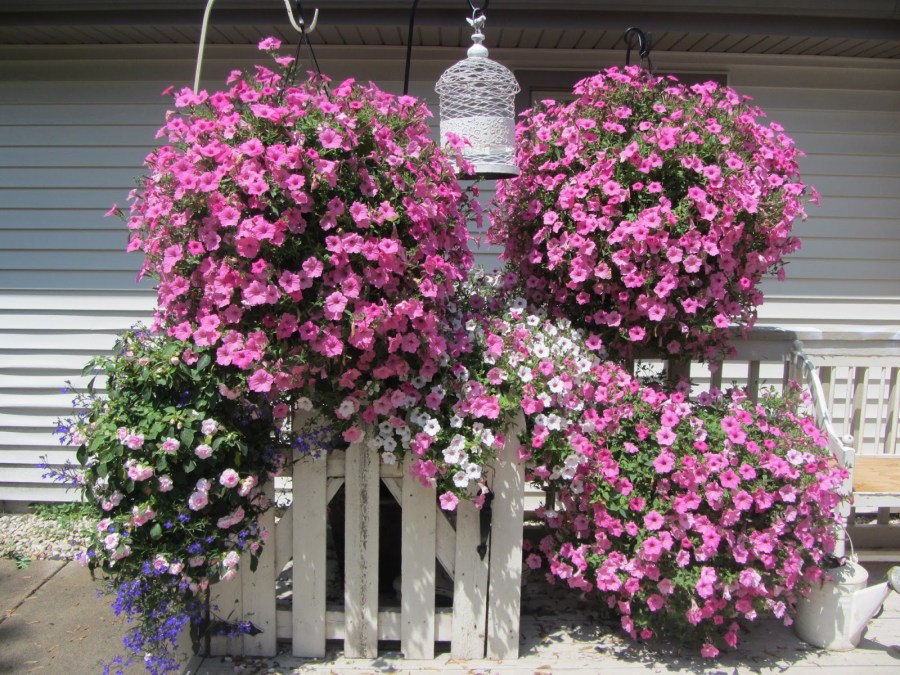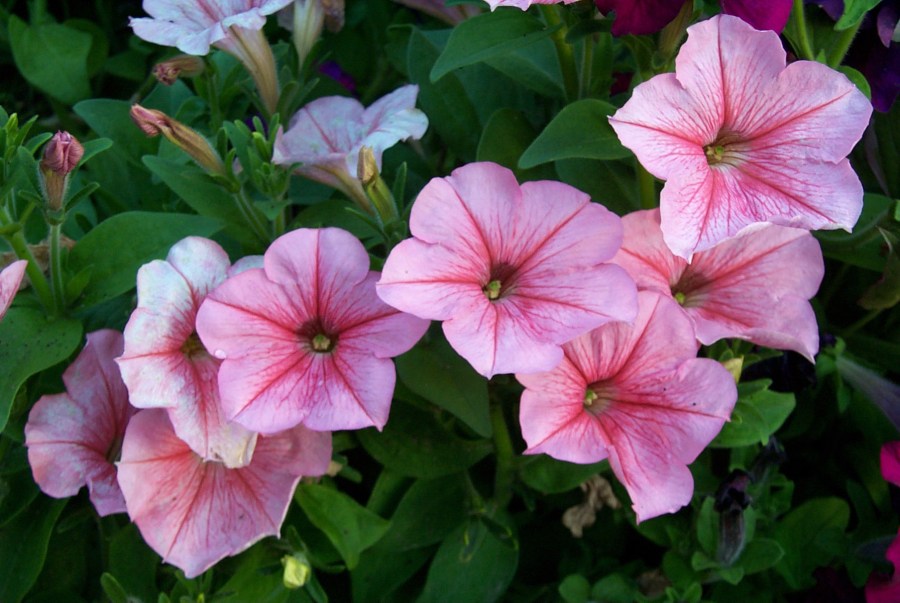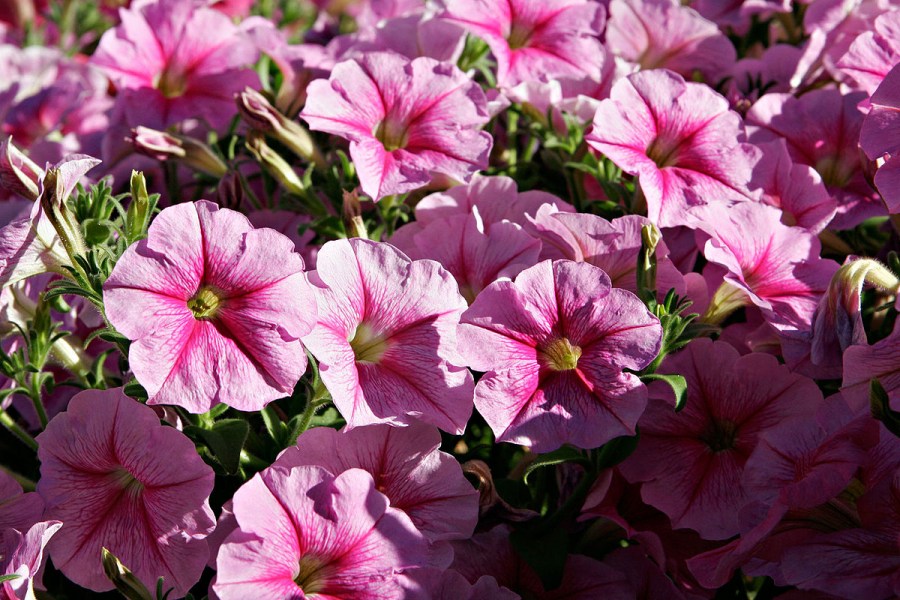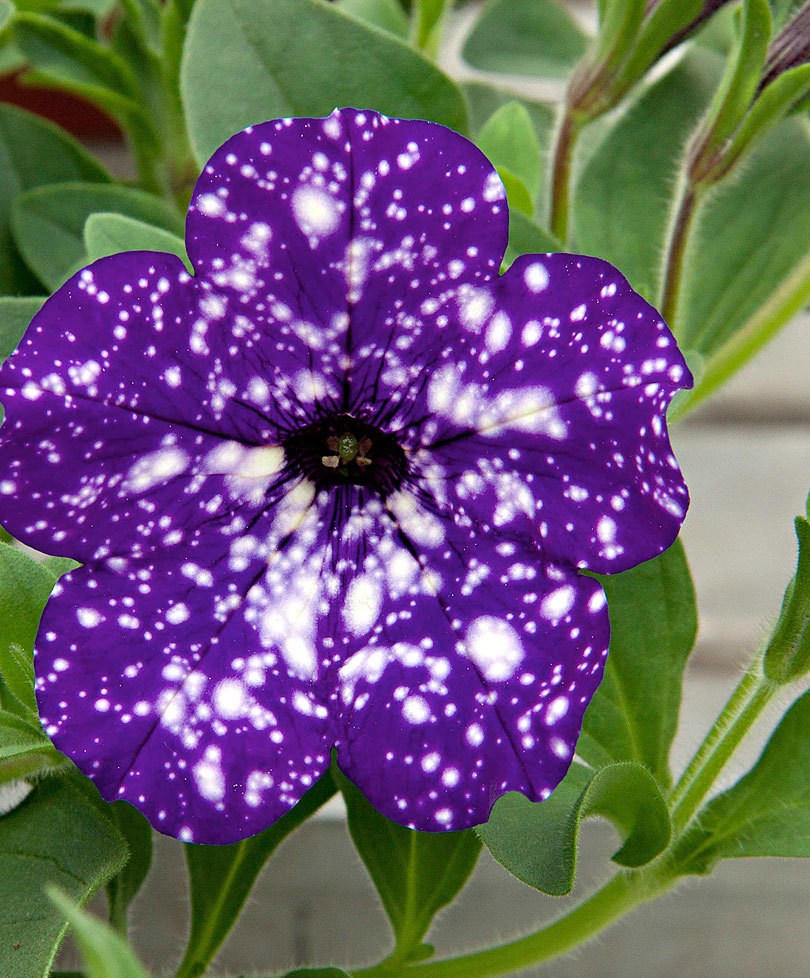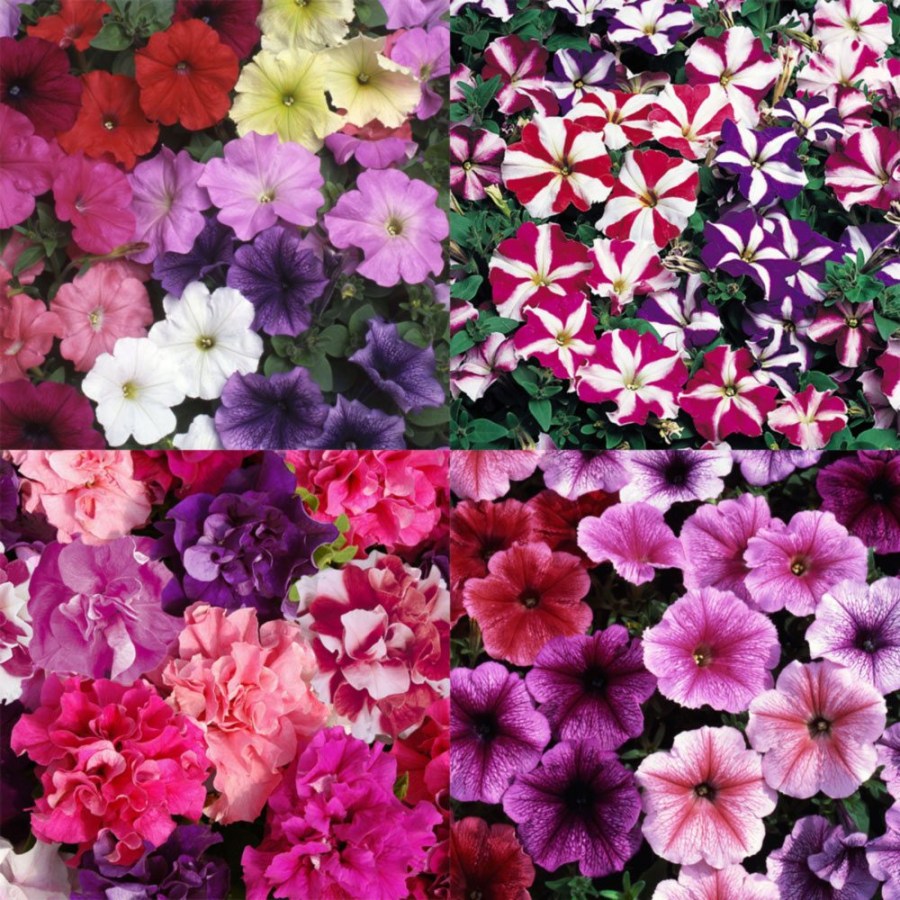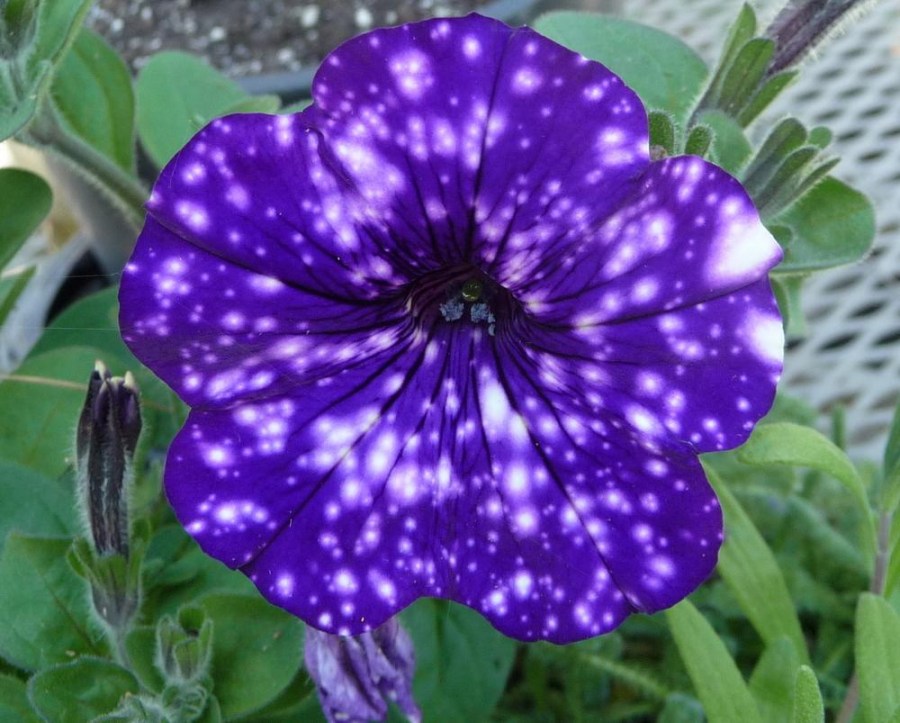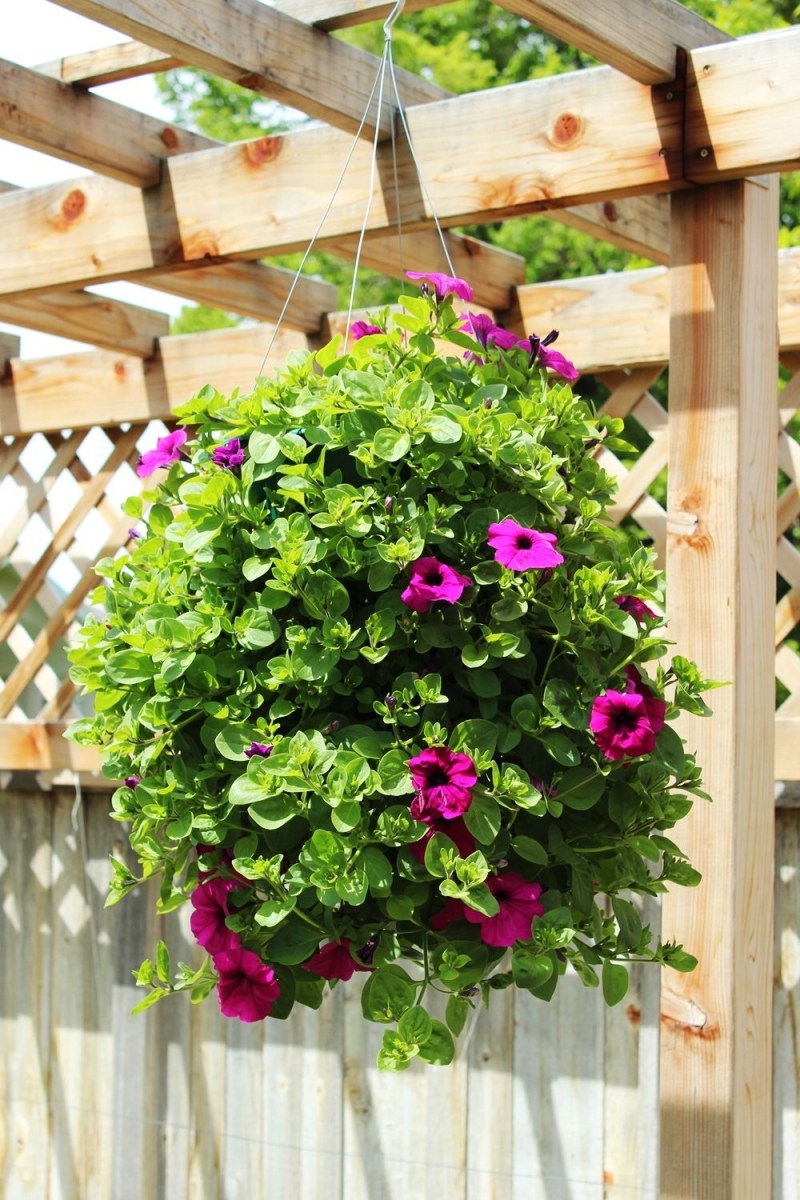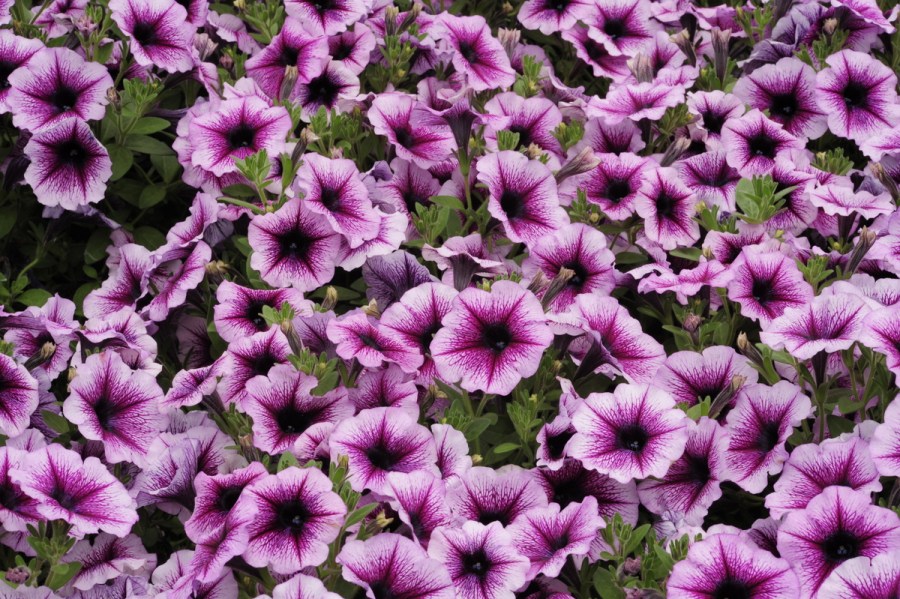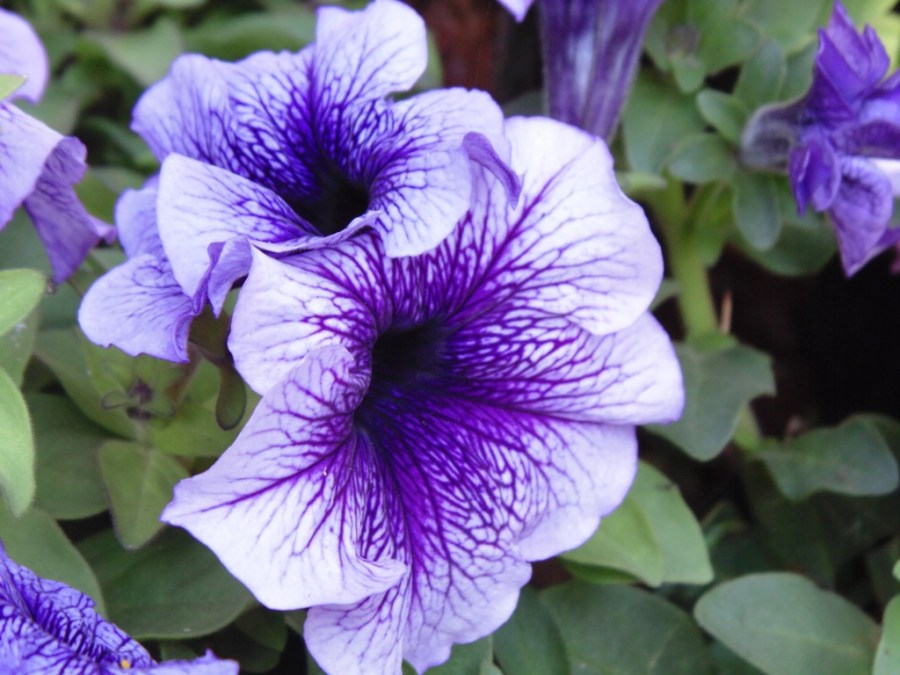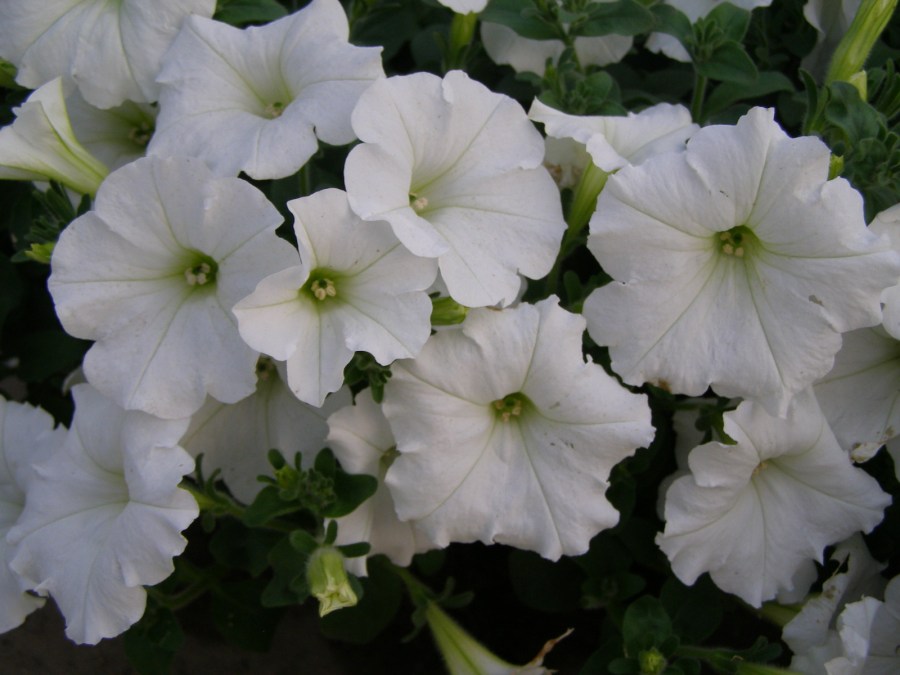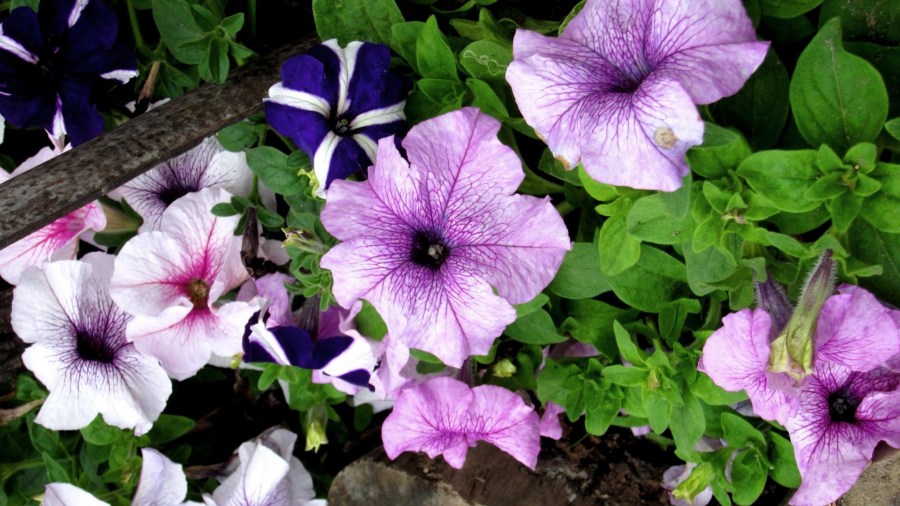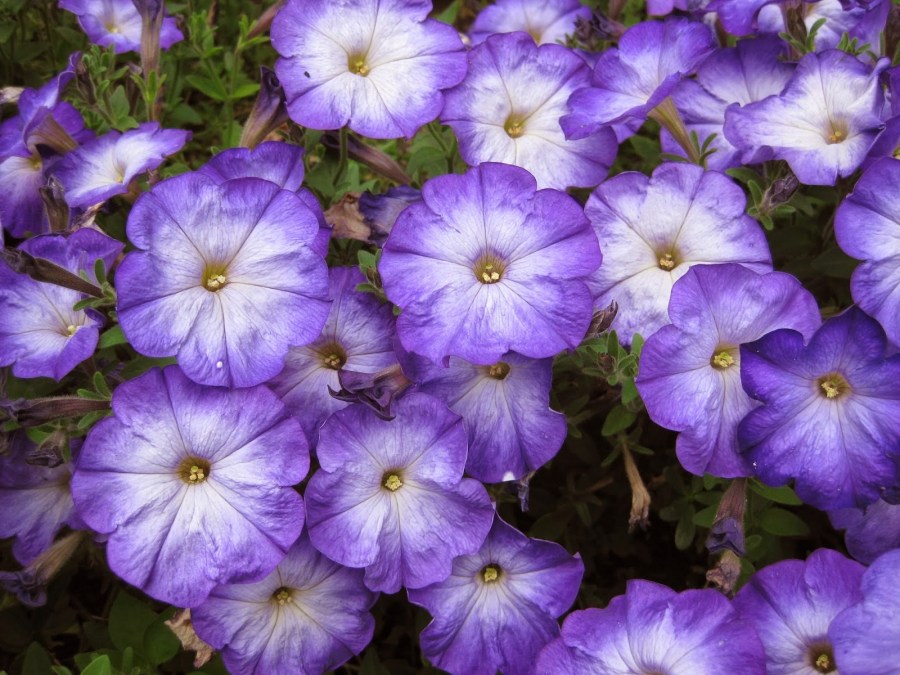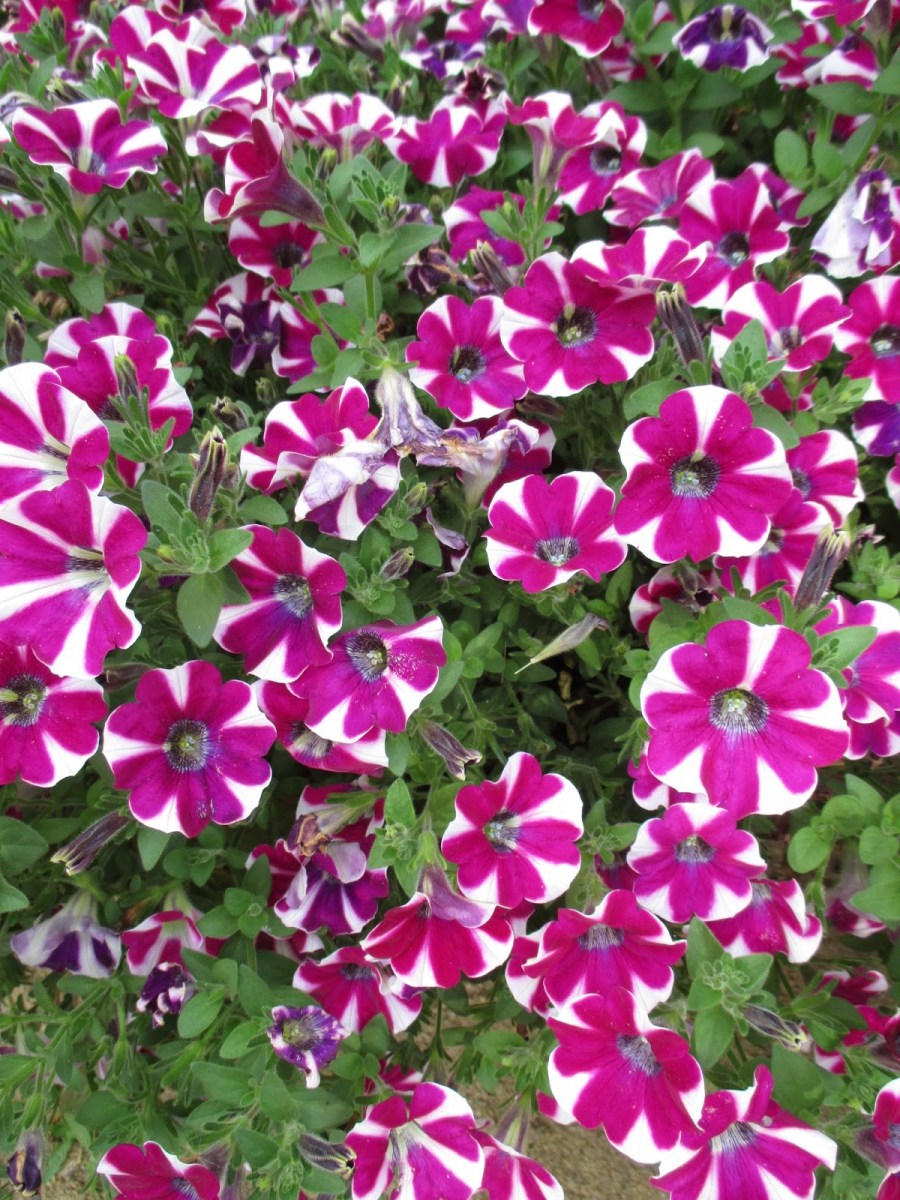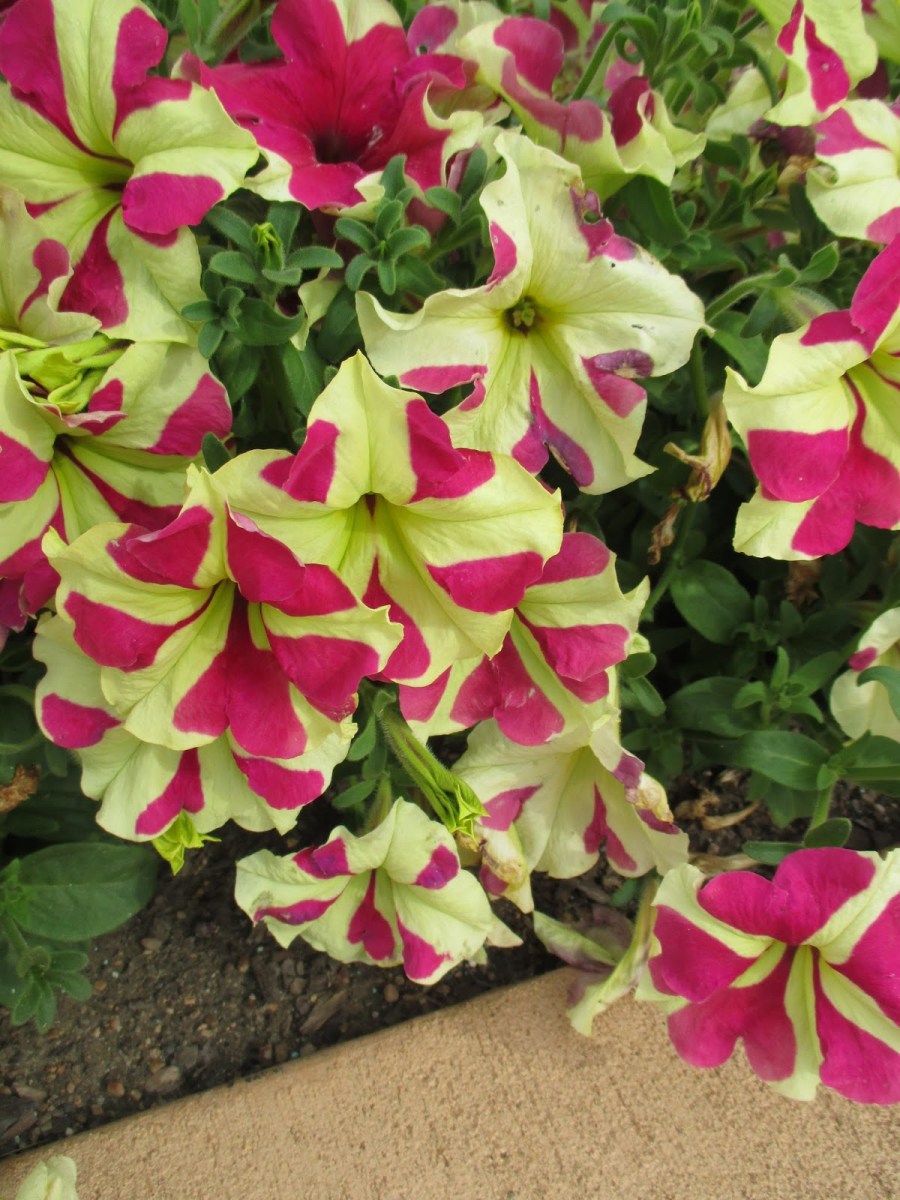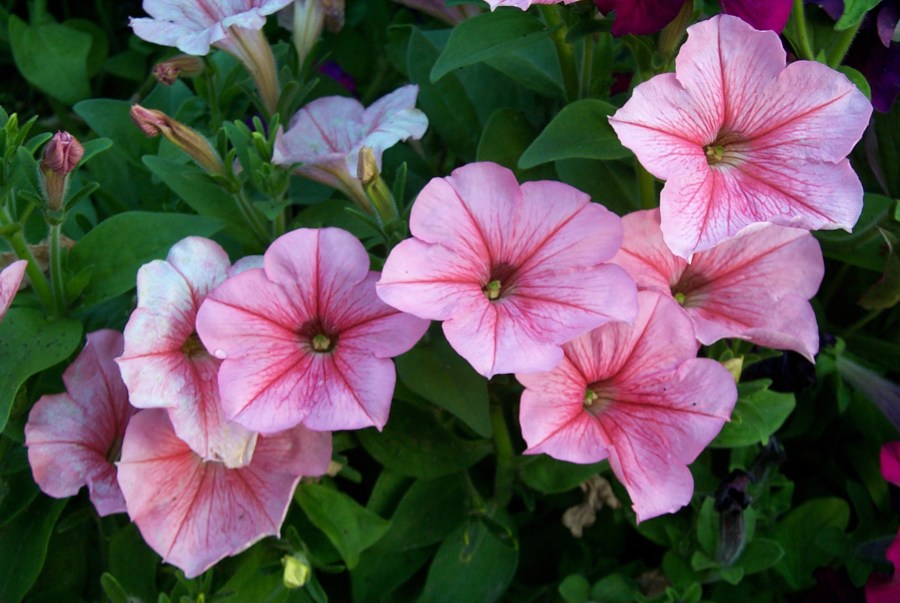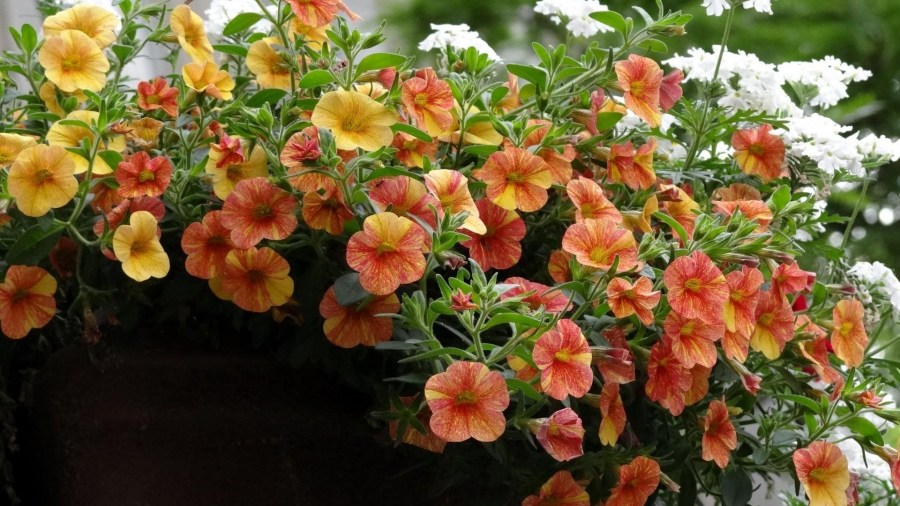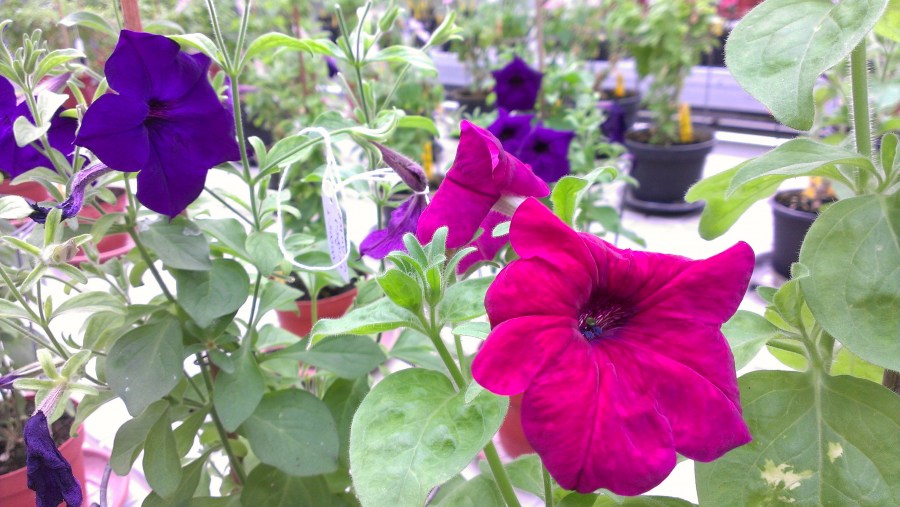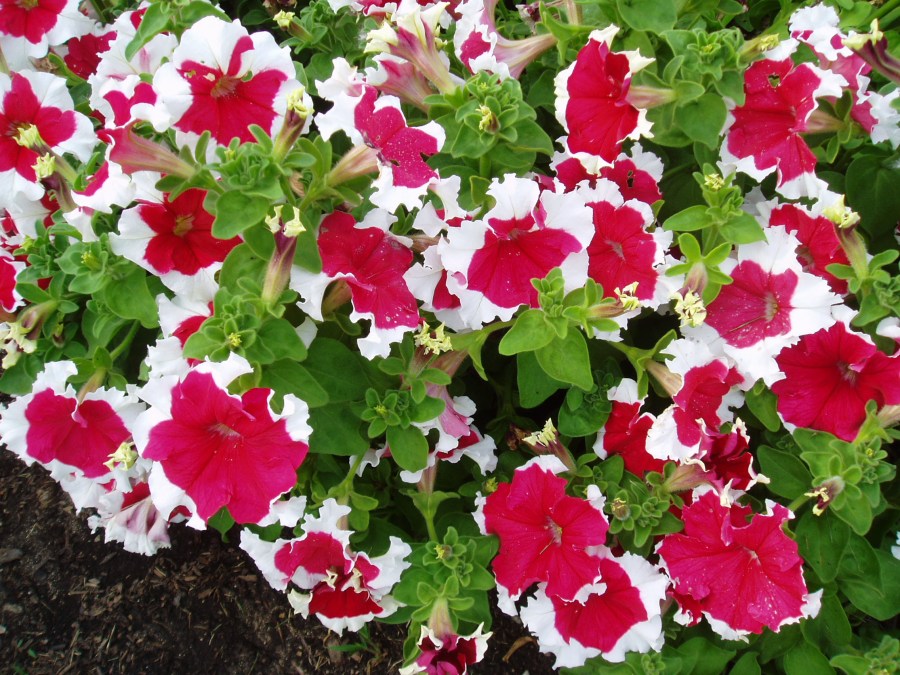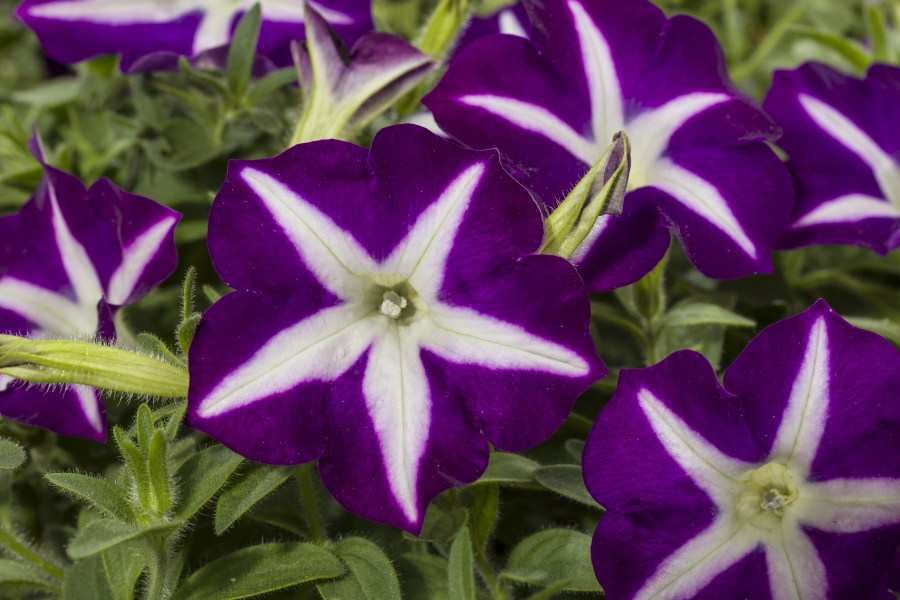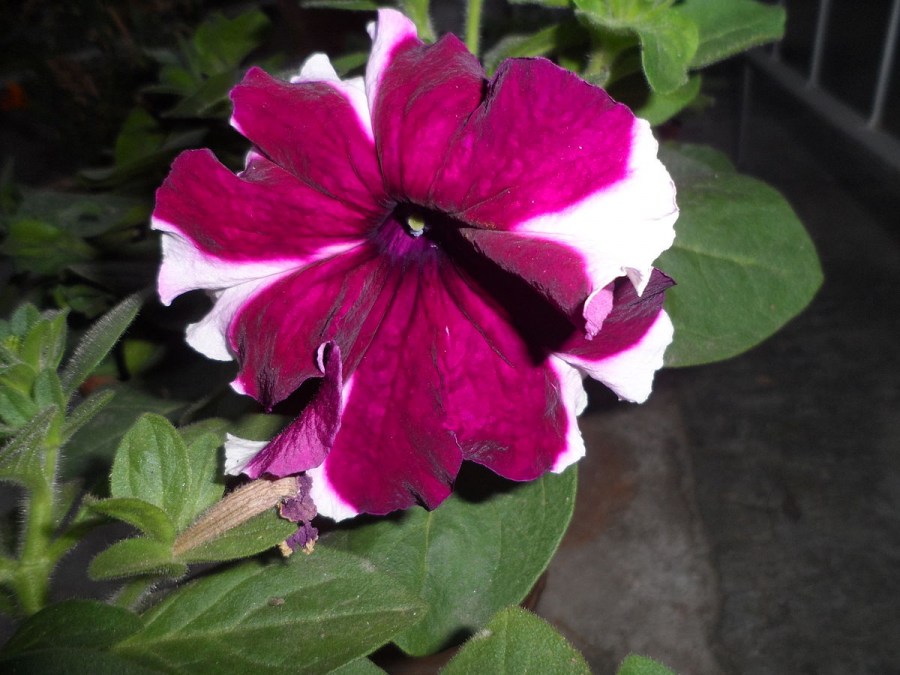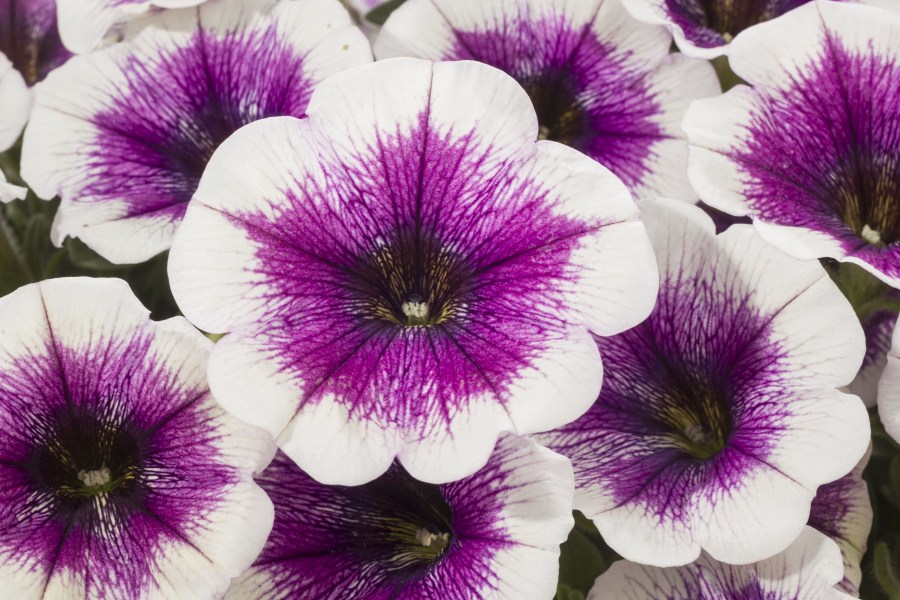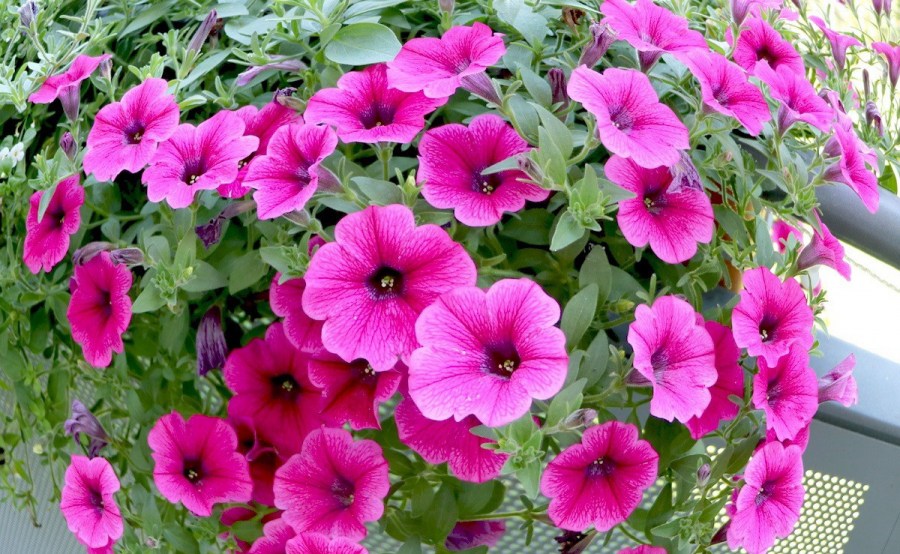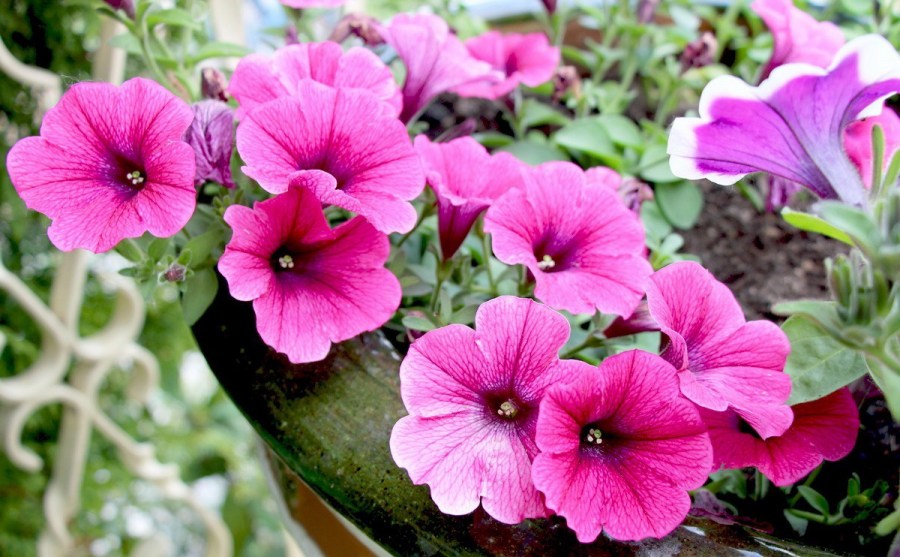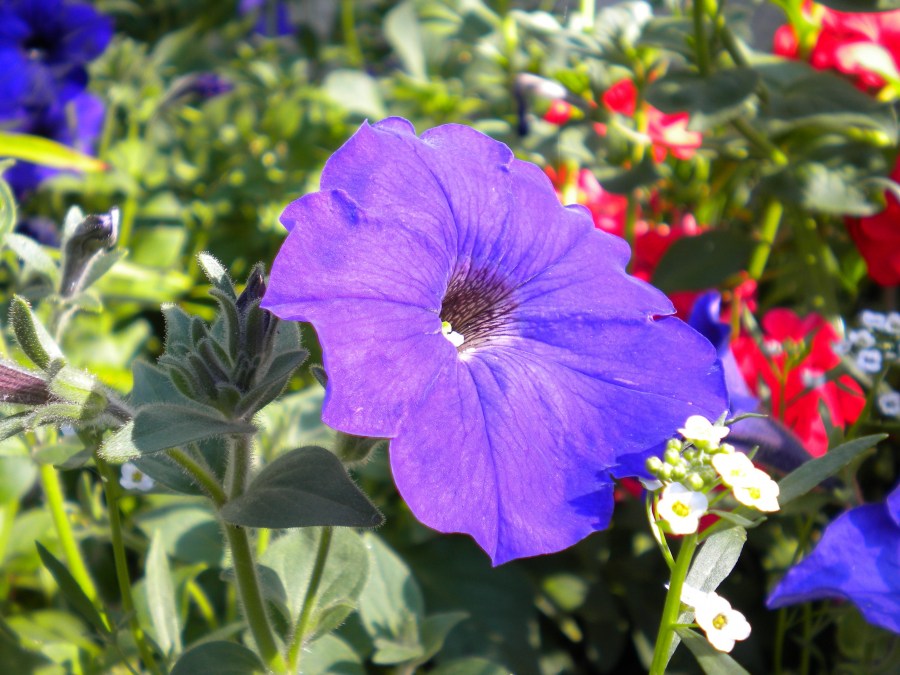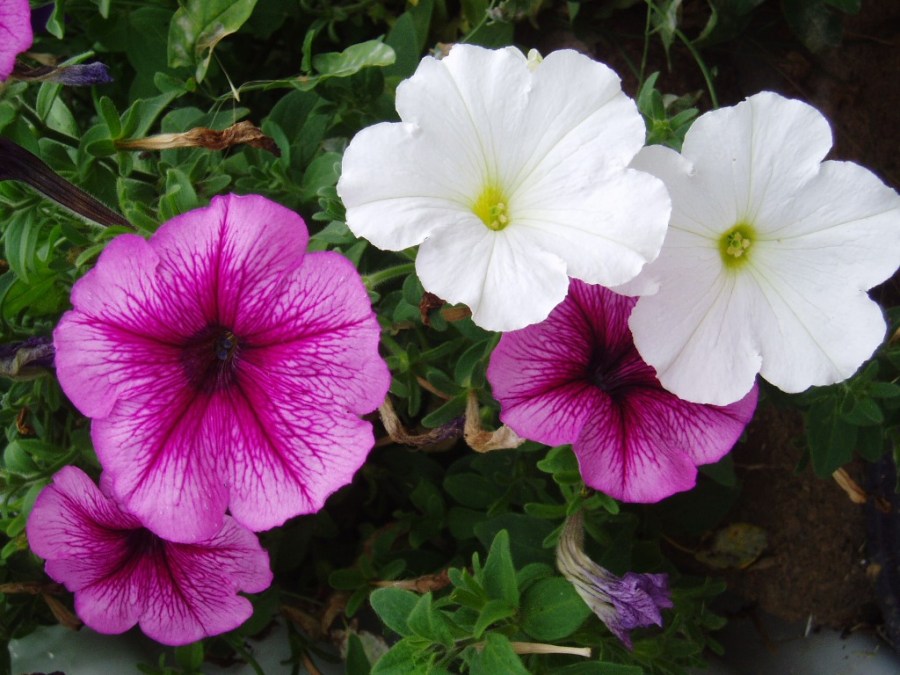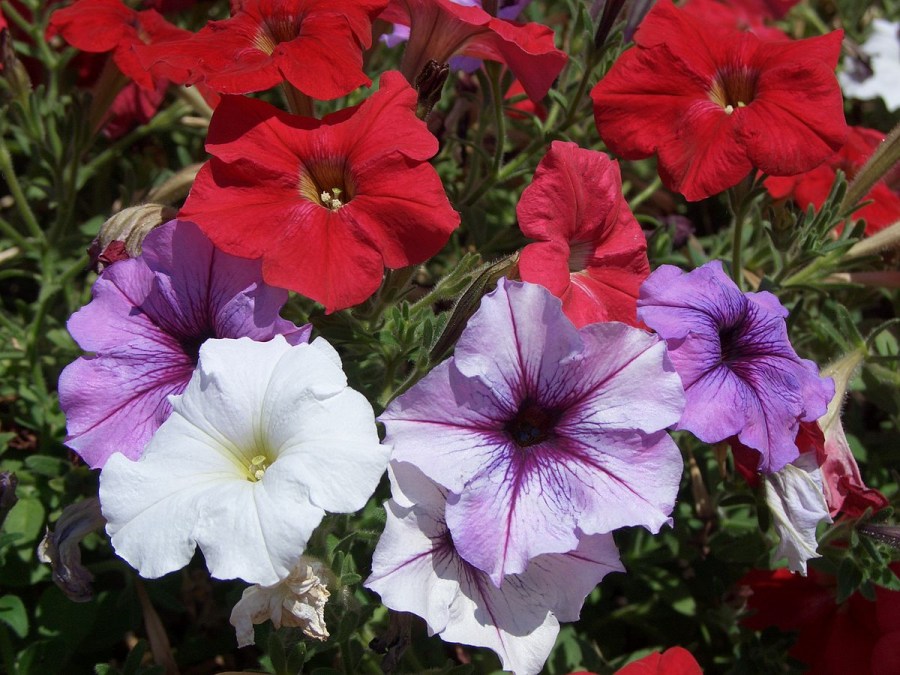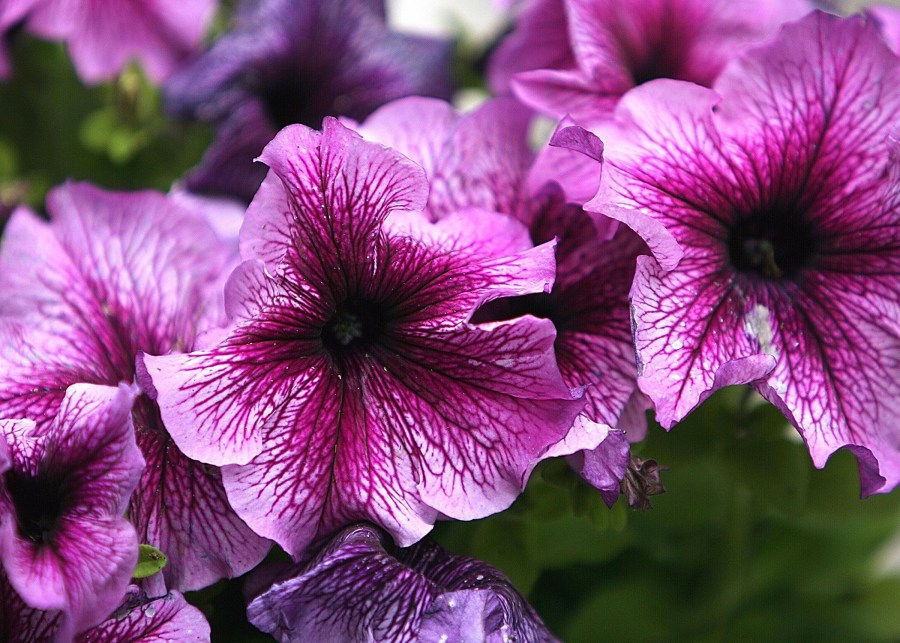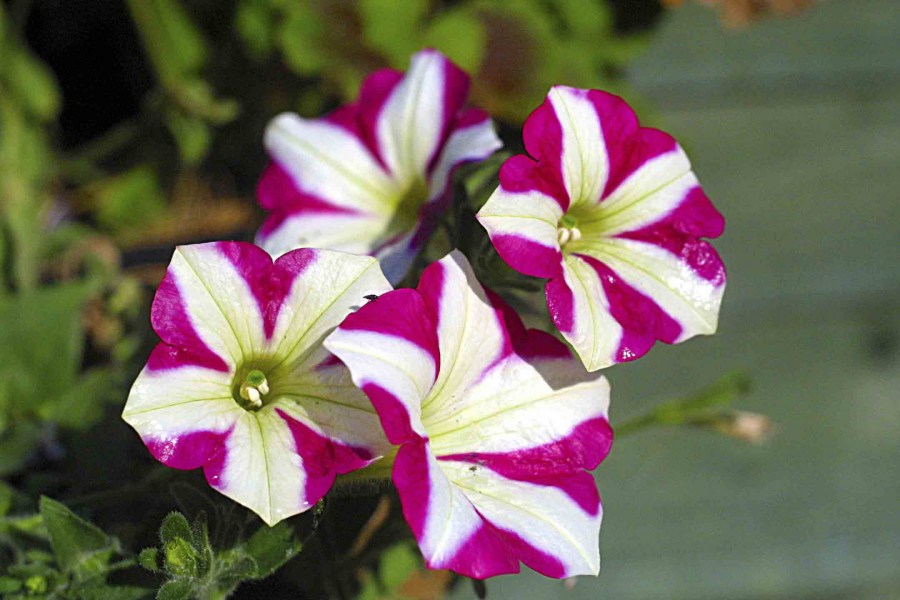Petunia - growing from seeds. Instructions for care, reproduction and planting at home (110 photos)
Every summer, flower beds in gardens and parks, balconies are decorated with multi-colored petunias. Unpretentious flowers have been known for a long time, they were engaged in selection in the 19th century, as a result, numerous species of petunia were born.
Types and varieties of petunias
The most common type of flower is hybrid petunia, otherwise called garden. Multi-flowered varieties of petunias, carpeted on the ground, look spectacular on large flowerbeds, borders and discounts.
Their flowers are not large, up to 5 cm in diameter, but the plant blooms profusely for a long time. The multi-flowered petunia is unpretentious to the soil, calmly tolerates cooling and rain, however, it loves the sun and warmth more.
Known varieties of multi-flowered bush petunia:
- Fantasy - hybrids of various colors;
- Dream - undersized petunia with different types of color flowers;
- Ultra - an early variety with compact flowering bushes;
- Storm - a hybrid variety that is resistant to temperature extremes;
- Hit parade - petunia, characterized by a huge range of colors.
Large-flowered varieties of petunias are capricious and demanding in weather conditions. Luxurious flowers reach a diameter of 12-16 cm in diameter. They are often used to decorate loggias, balconies, patios. Terry and fringed varieties look especially impressive.
Grandiflora varieties with large gramophones are highly esthetic. Known varieties:
- Frillituniya - bright colors, corrugated edges;
- Fimbriata - an unusual fringed edge;
- Superbissima is a wavy edge, dark colored inner surface of the gramophone.
In the photo, the floribunda class petunias look as impressive and attractive as in the garden. They are used to decorate large flower beds, flower arrays.
Varieties of floribunda successfully combine the properties of large-flowered and multi-flowered plant species. Varieties are resistant to temperature drops, high humidity - and in rainy cool summers, petunia will delight the eye with a multicolor variety.
Ampelic species of petunias are often used in landscape design. Long flexible lashes from the base to the tip of the branch are strewn with flowers. They are unpretentious in care and are grown both on a personal plot and for decorating loggias and balconies.
In the suburban area, ampelous varieties of petunias are often used to design alpine slides, the banks of ponds, and to create spectacular and vibrant flower beds. Among the popular ampel varieties:
- Waterfall;
- Lilac surf;
- Wave of luck;
- Pearl surf.
Cascading petunias grow long shoots that hang beautifully down and grow in all directions, due to which the bushes look picturesque. They are ideal for decorating balconies, loggias, arbors. The most common varieties:
- Ramblin;
- Typhoon cherry;
- Rose Wayne Velvet.
These are not all varieties of petunias - new ones are constantly being bred - with terry, velveteen buds, various colors.
Growing petunia
Most varieties of petunias are grown from seeds. Growing petunias from seeds is more time-consuming than from cuttings, however, such plants are more hardy in various weather conditions and bloom more abundantly.
Planting seeds
Seeds are sown in early spring, in February and March. In a warm apartment you can sow them in early April - then the sprouts will get enough light, and they will begin to bloom in June.
For seedlings, it is important to properly prepare the soil:
- take a shallow container in which there is a drainage hole;
- fill it with a substrate, leaving no more than 1 cm to the top;
- petunia seeds are very small, so before sowing, mix them with dry sand and distribute it along the grooves made in the tank;
- sprinkle grooves with water, without filling the seeds with earth;
- cover with glass or film.
Petunia seeds should germinate at a temperature of +20 degrees, sprouts will appear on about 4-6 days.
If you decide to buy petunia seeds in granular form (in a nutrient shell), you just need to place them on the surface of a well-moistened soil. Water from the pan or just spray the soil, preventing its overdrying.
Seedling Care
Sprouts appear after 5-6 days, a professional petunia (dragee) sprouts a little later - for a day or two.
When shoots appear, the sprouts will need a lot of light, and watering should be moderate, so the film is opened during the daytime. A pick should be made after the appearance of 3-4 real leaves - about a month after planting.
Top dressing is carried out 7-10 days after a dive, using complex fertilizers. For weak bushes use only nitrogen fertilizers.
Petunia seedlings are planted in a permanent place in the open ground in May: small-flowered varieties are more resistant to low temperatures, they are replanted earlier, bushes with large flowers are closer to the end of the month.
Good, plentiful flowering requires fertile, loose soil rich in nutrients. Therefore, after transplanting, petunia is fed with nitrogen fertilizer, then, until August, top dressing is carried out regularly, using complex fertilizers with a high content of potassium.
Growing petunias from cuttings
Cuttings are taken from flowering plants in August-September, choosing shoots 6-8 cm long with 2-4 pairs of leaflets. The lower section is made oblique, and the upper one is straight, 1-1.5 cm above the nodal connection.
Cuttings are immediately planted in the ground, this must be done no later than 2 hours after cutting, otherwise the plant may not root or bloom. You can cut it in water, then the shoot should be a little longer - up to 10-12 cm. The lower leaves are removed from the cuttings, and they themselves are placed in standing water at room temperature.
The container must be opaque, plastic or metal. After placing it, the handle is covered with a film and put in partial shade. After the appearance of the roots are transplanted into the ground.
Where to plant petunia
If petunia is planted on a bed, it is better to choose an open, sunny place. Bright flowers look spectacular in combination with begonia, marigolds, left-handed.
You can create a beautiful flowerbed by planting a petunia in combination with spring onion plants: irises, hazel grouse, hyacinths, tulips - these flowers will be located in the center, the petunia will be located at the edges of the flower garden.
In partial shade, multi-colored gramophones can be successfully combined with hosta, tradescantia, decorative cereals.
Planting petunias is often used to create original flower beds:
- in a gravel garden - against the background of flowers and gravel, bright buds look spectacular;
- in decorative flower pots, containers - they can be created from improvised materials: any drawers, tubs will be used;
Ampelic, cascading varieties are used in vertical compositions decorating arbors, loggias, house walls and window boxes. Blooming in early summer, white or colored gramophone petunias bloom everywhere, pleasing the eye with its lush floral hats.
Photo of petunias
Crafts from tires: 65 photos of stylish garden design options
Shrubs for gardening: flowering and multifunctional options (75 photos)
Cultivator for giving - 80 photos of models and an overview of the main varieties
Join the discussion:
